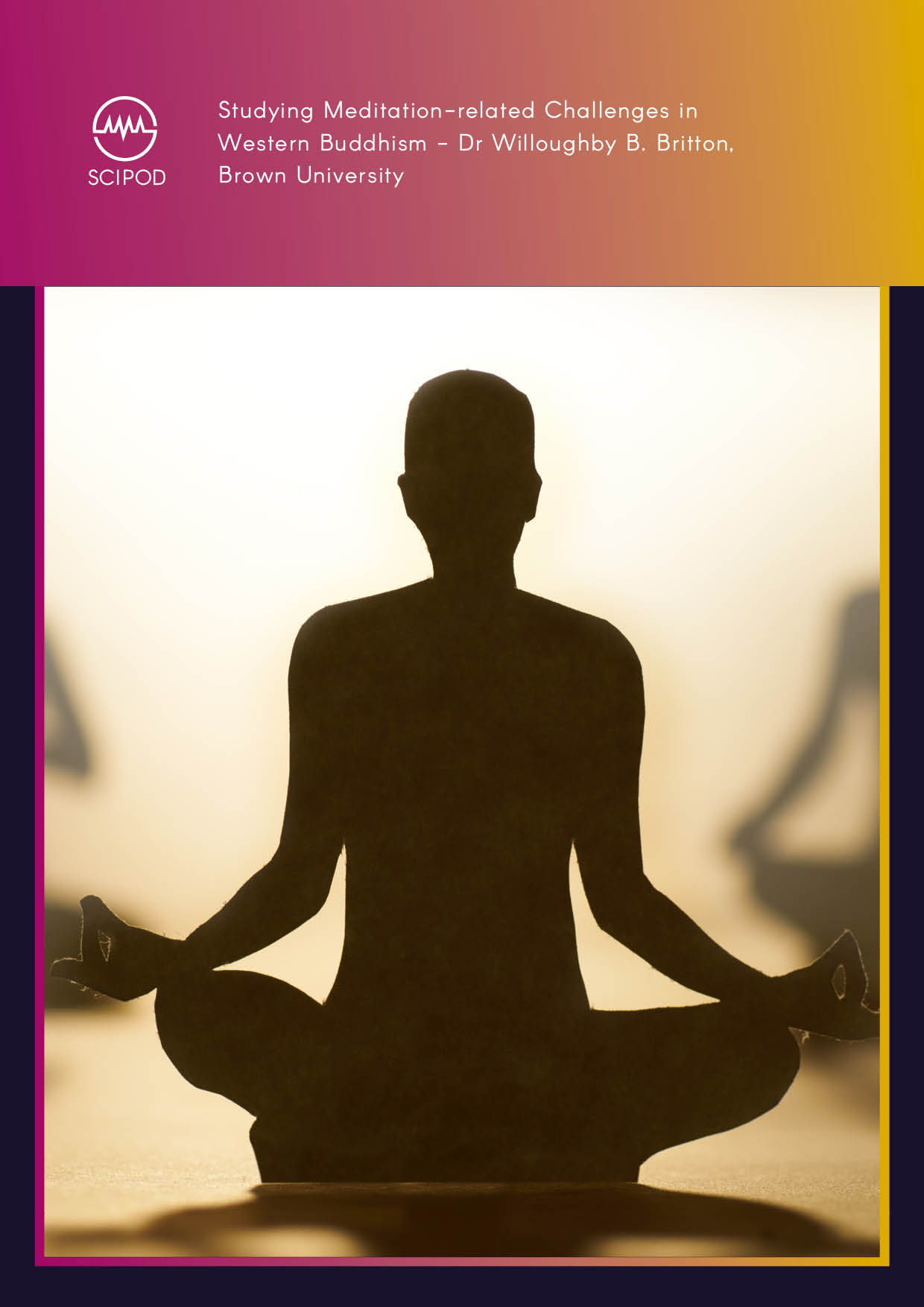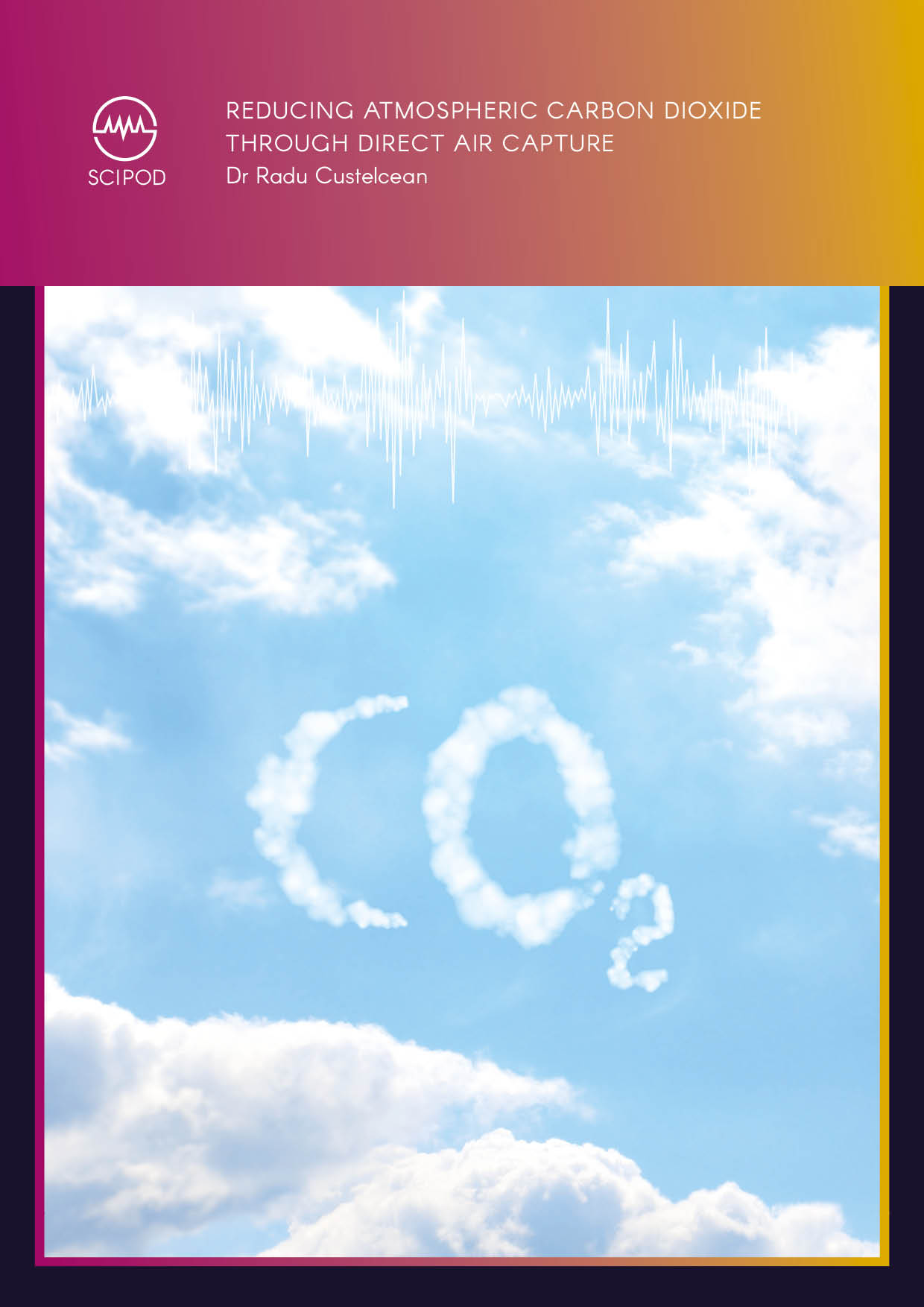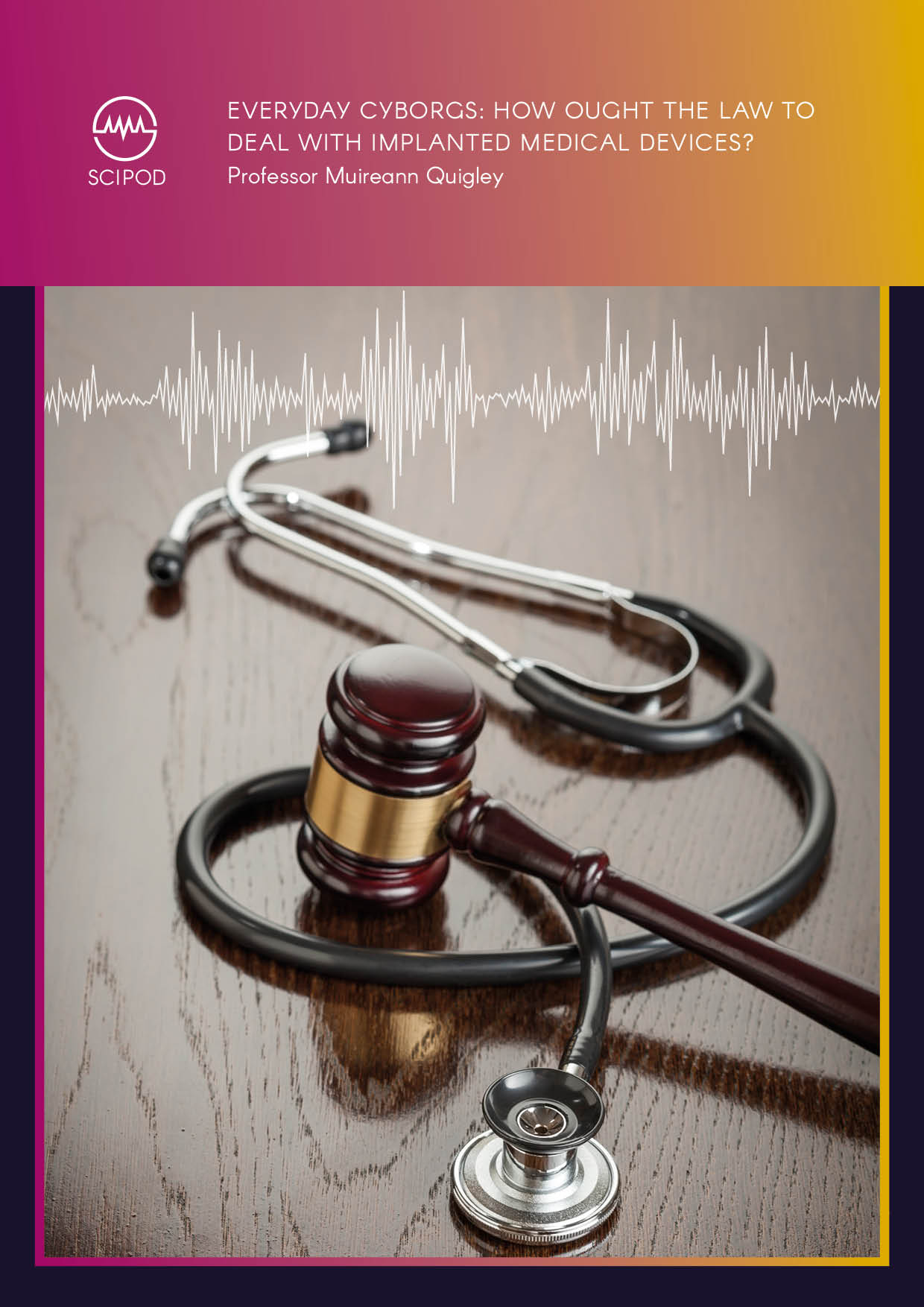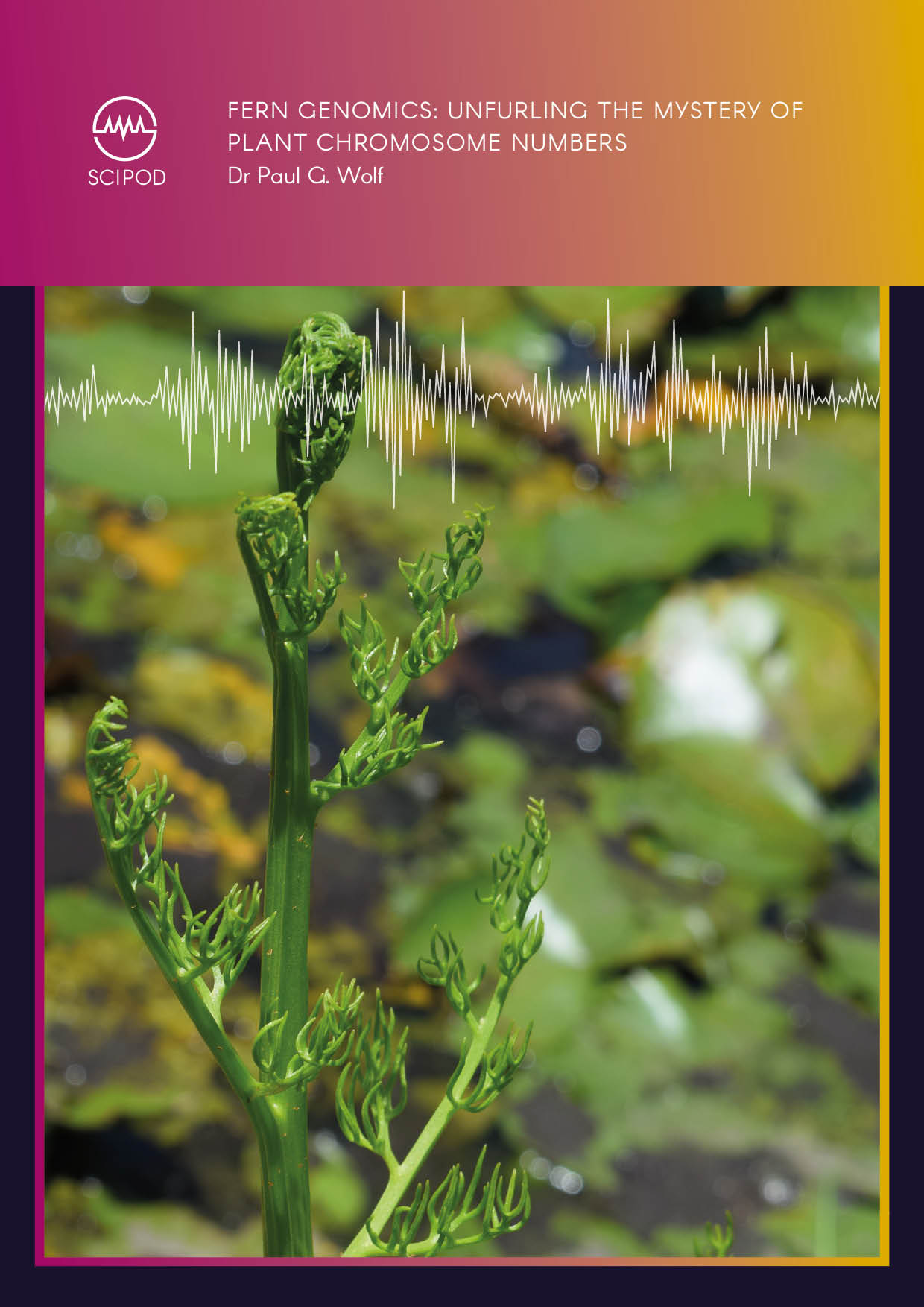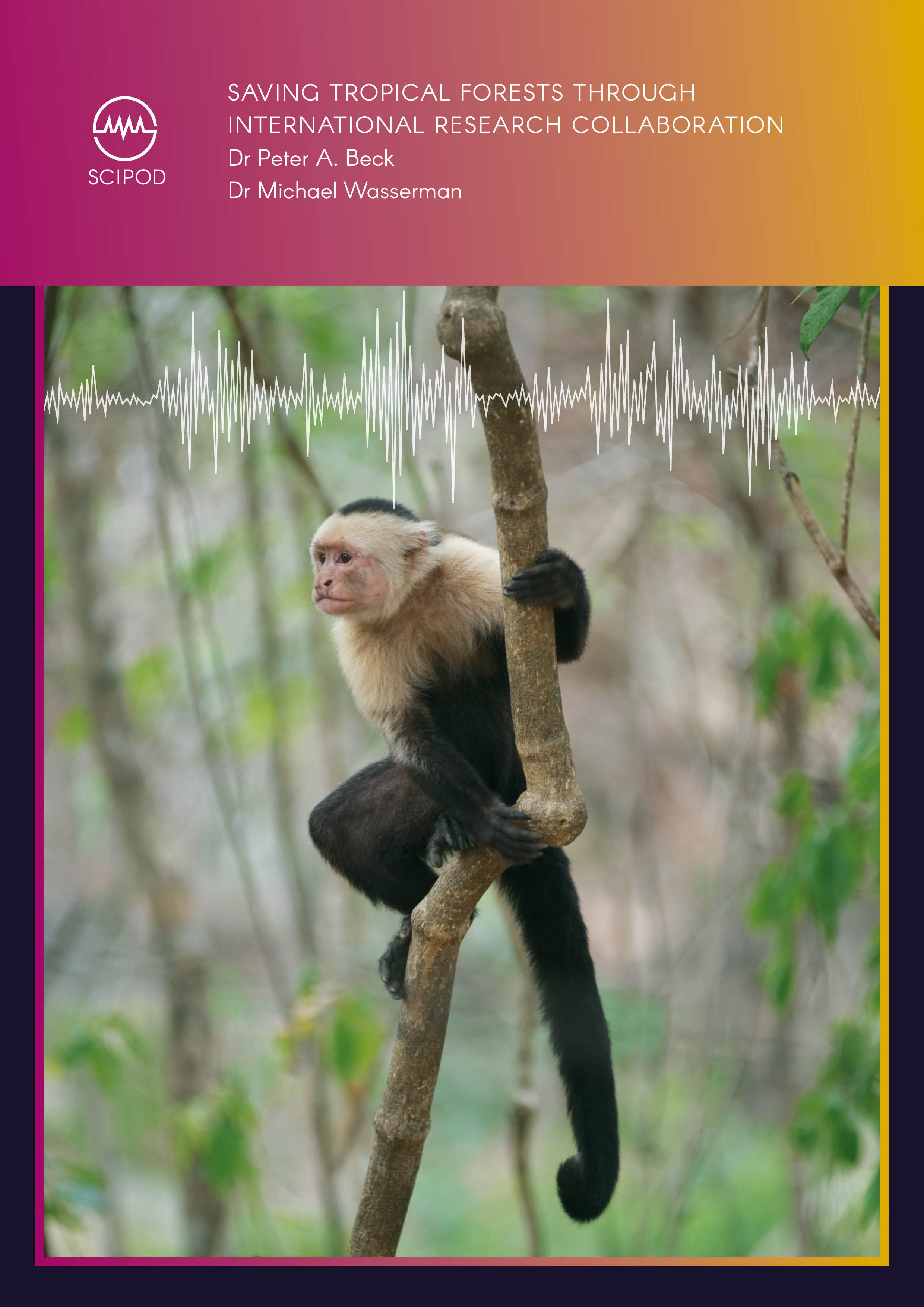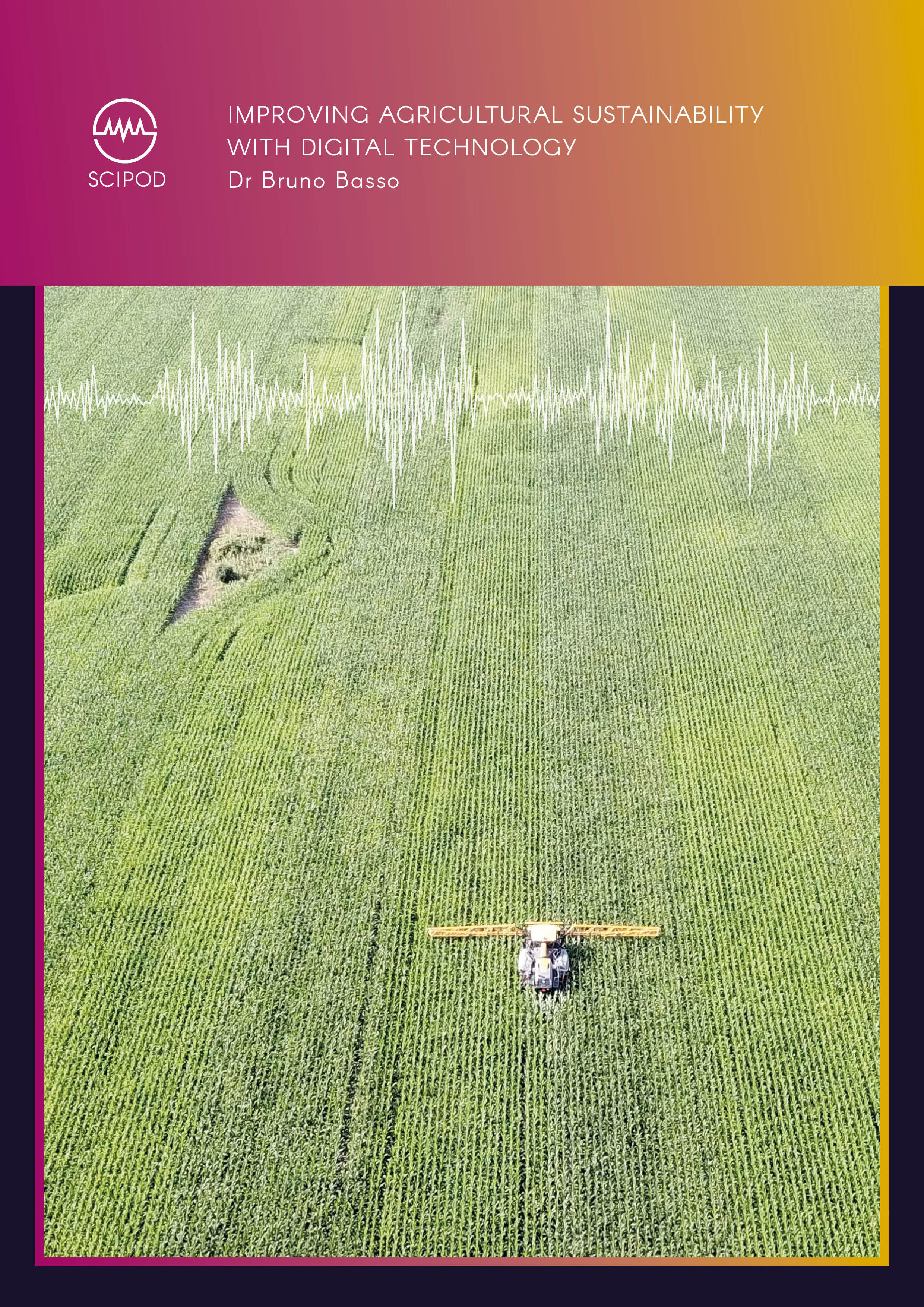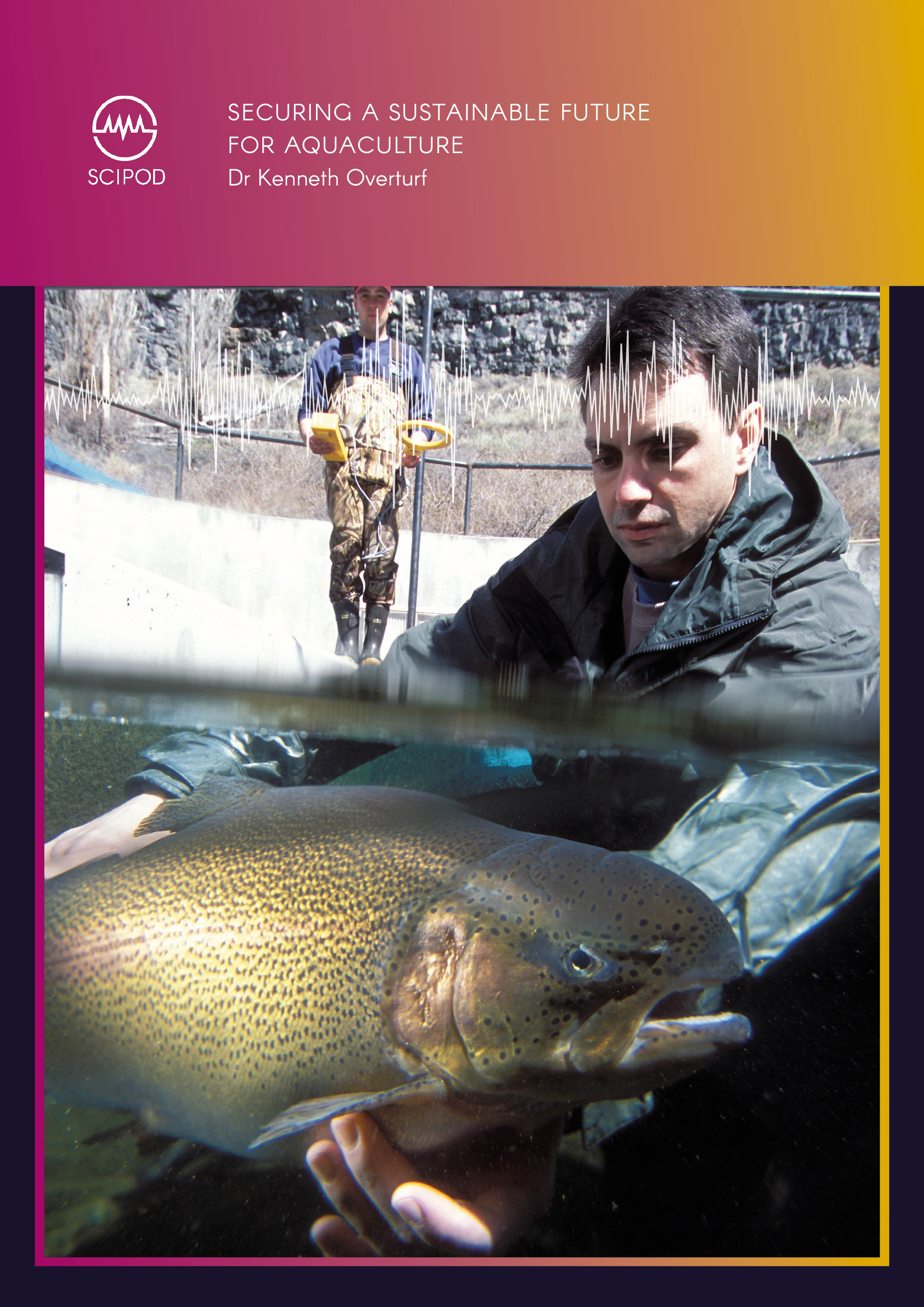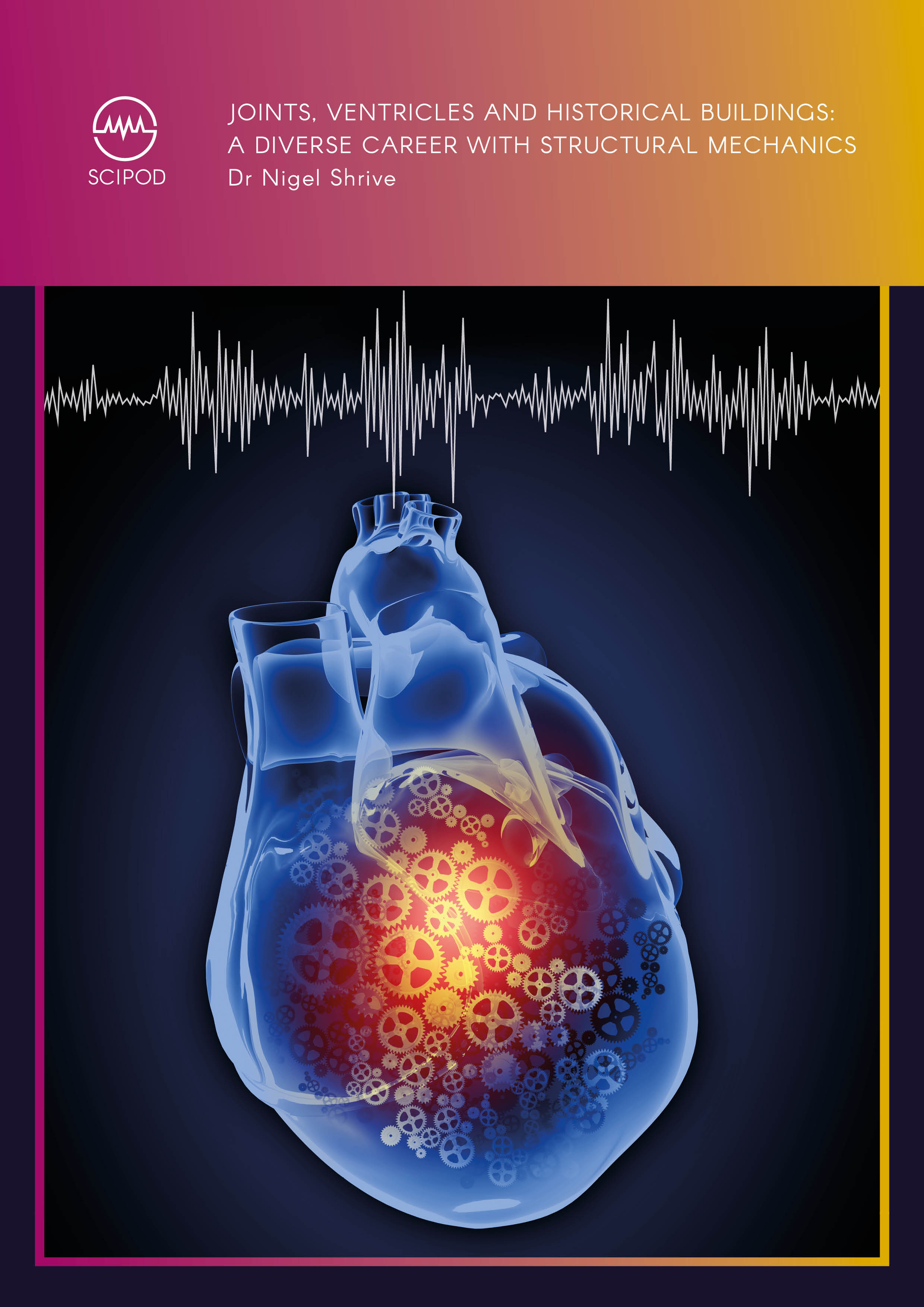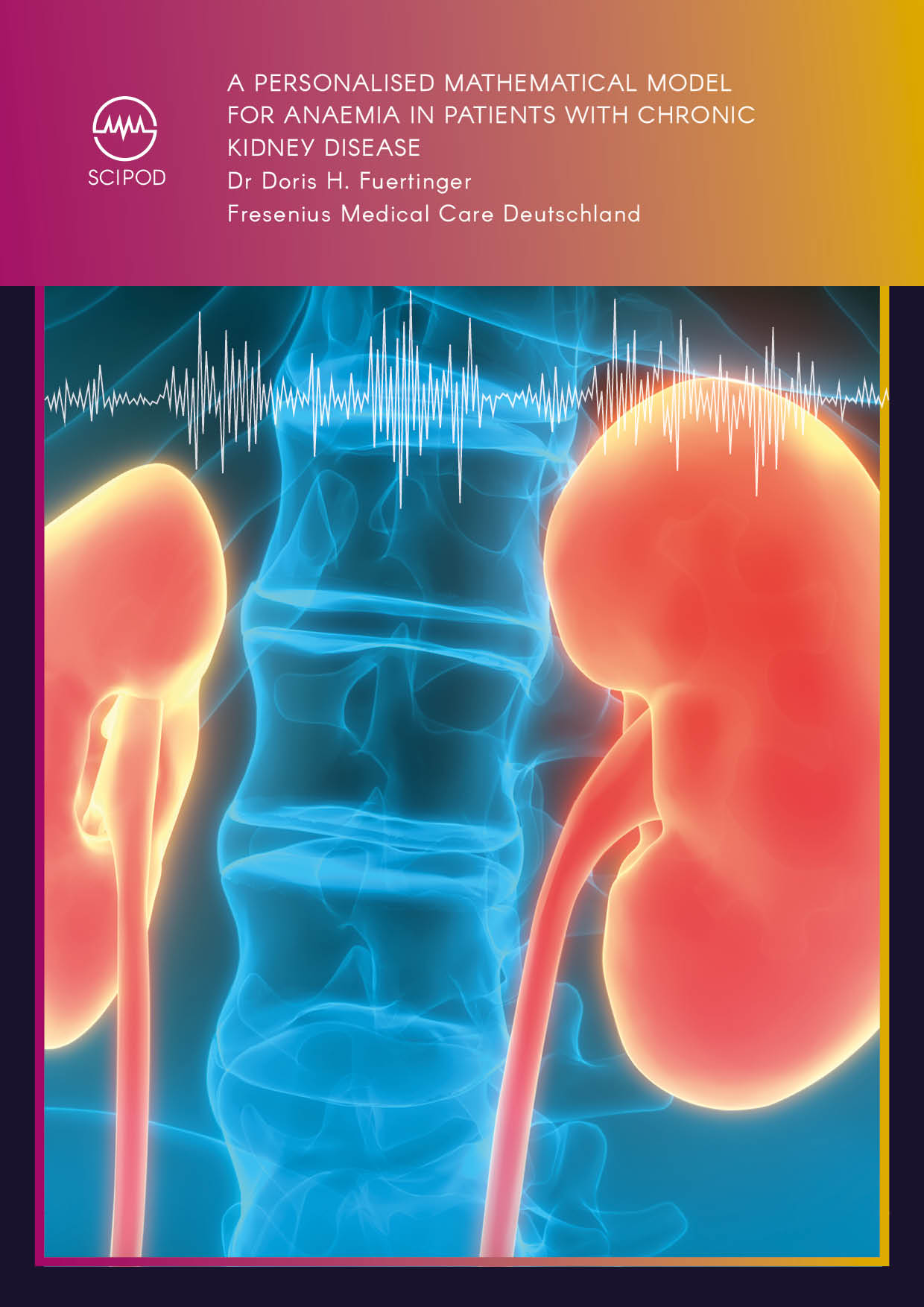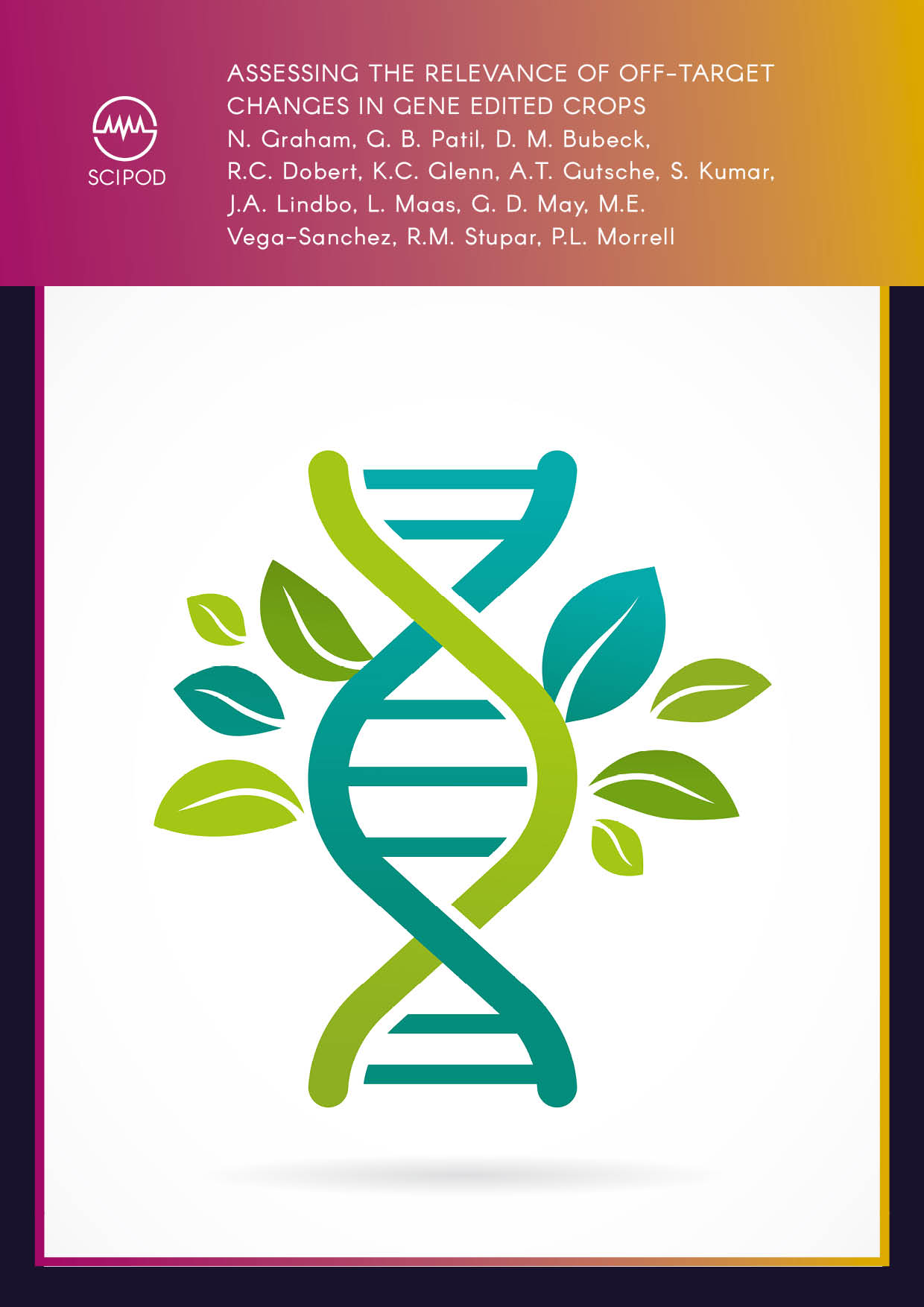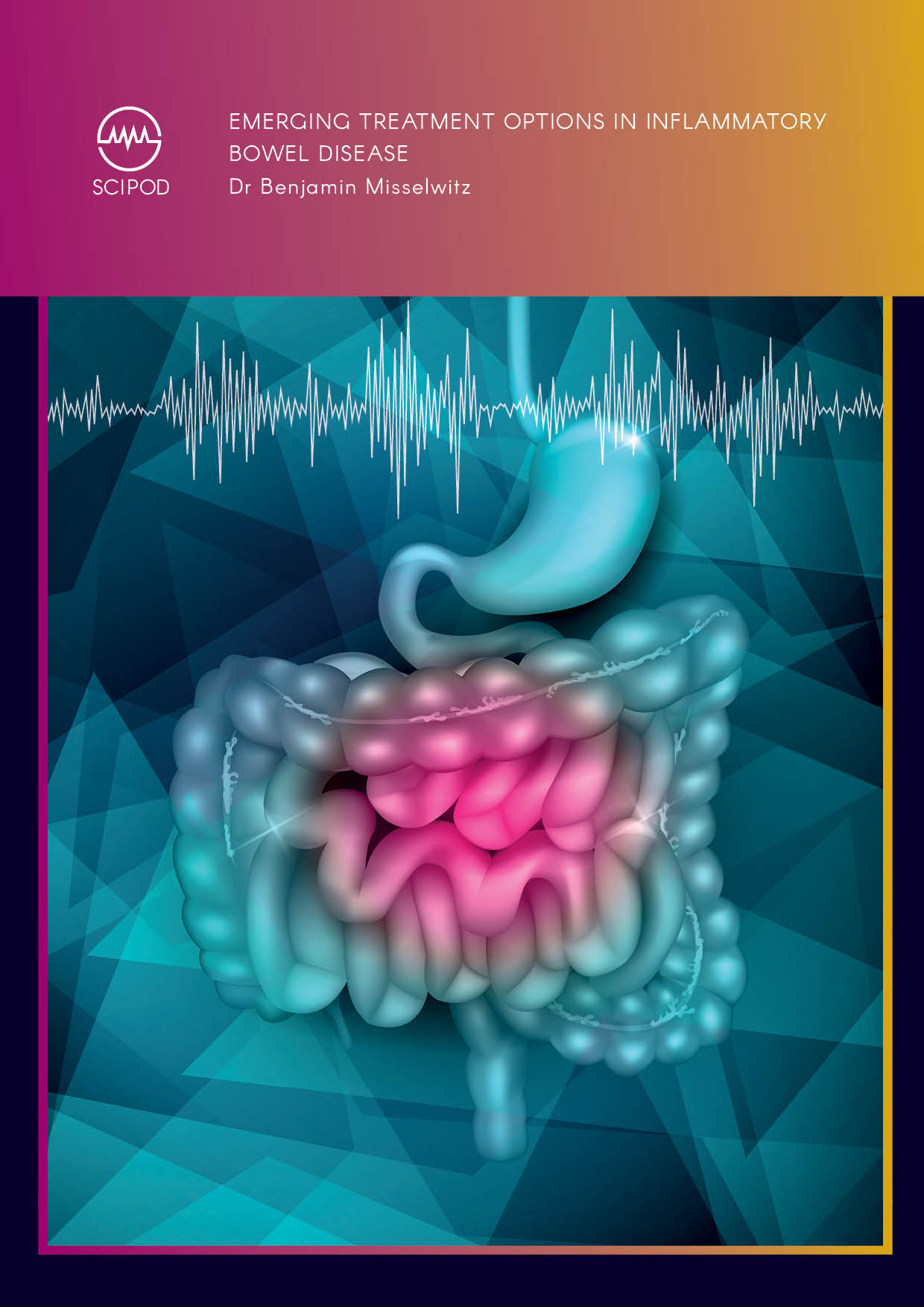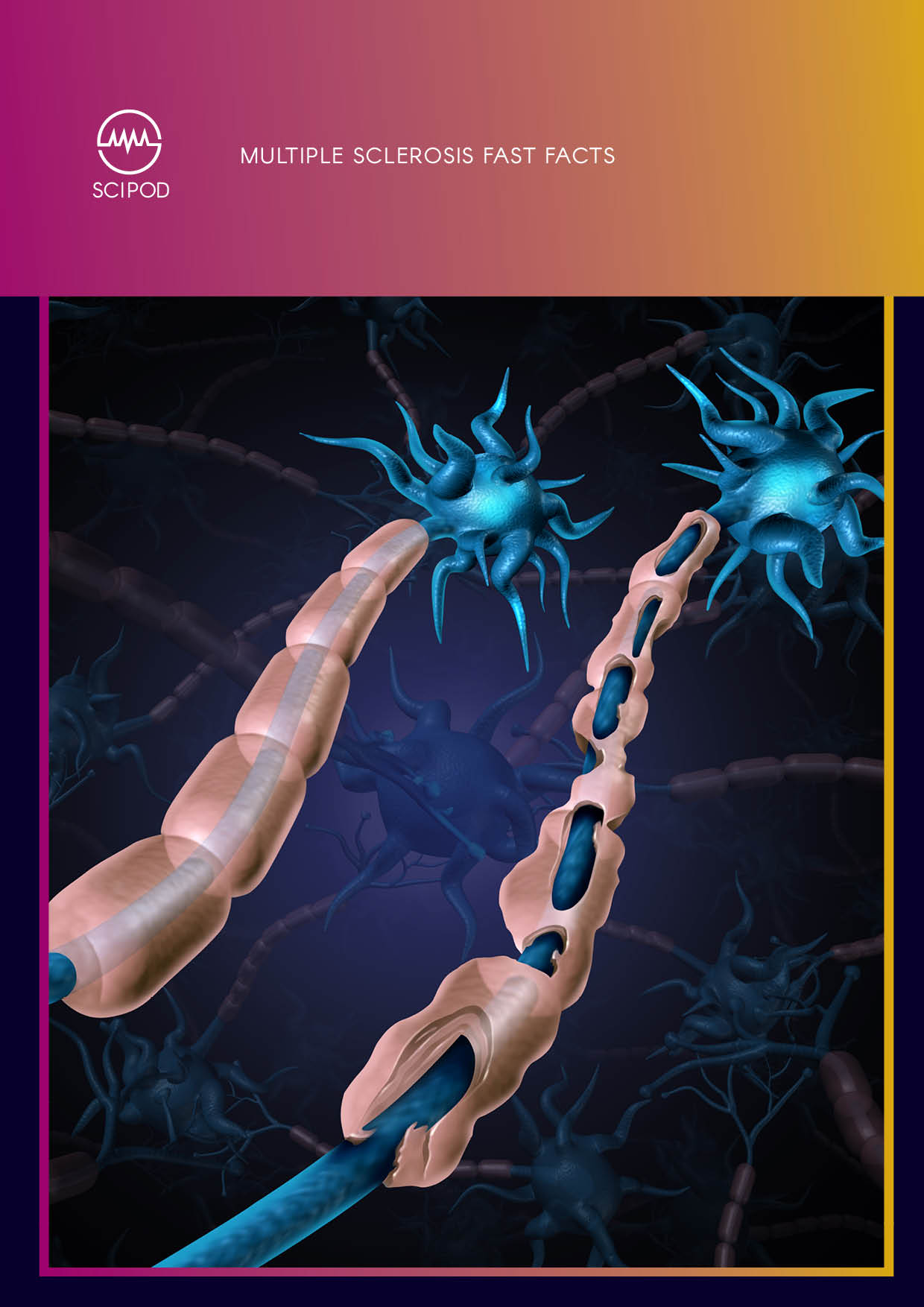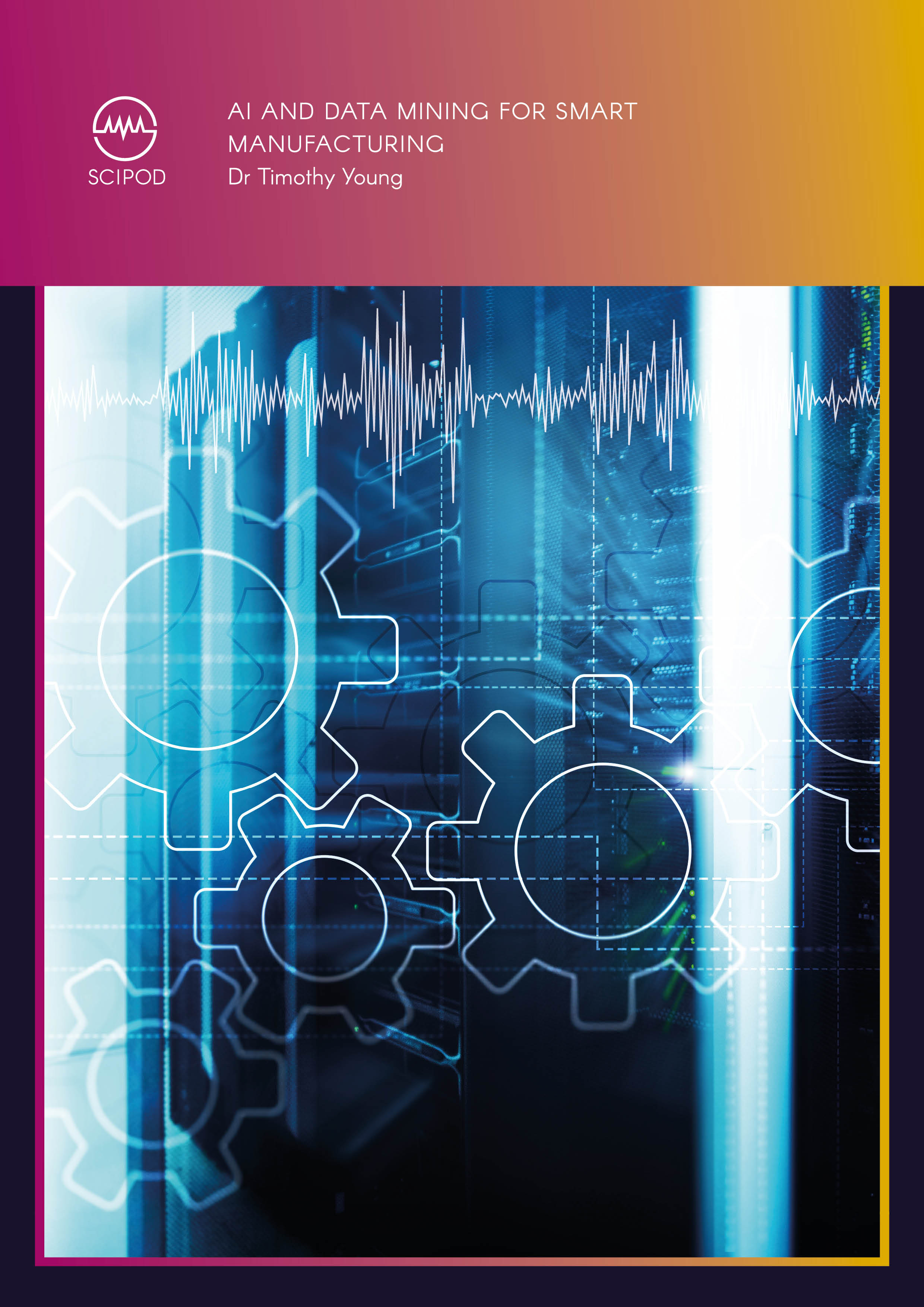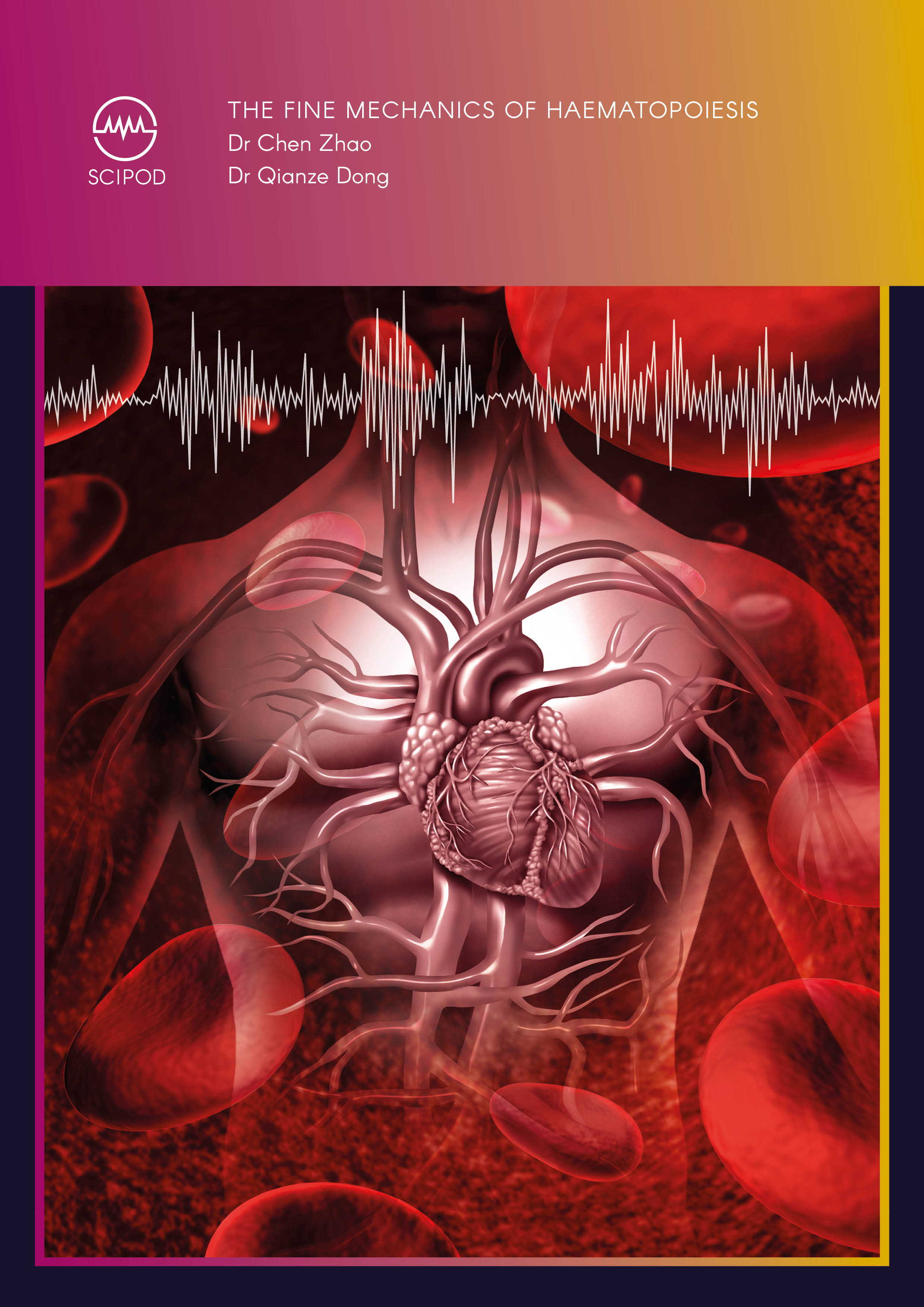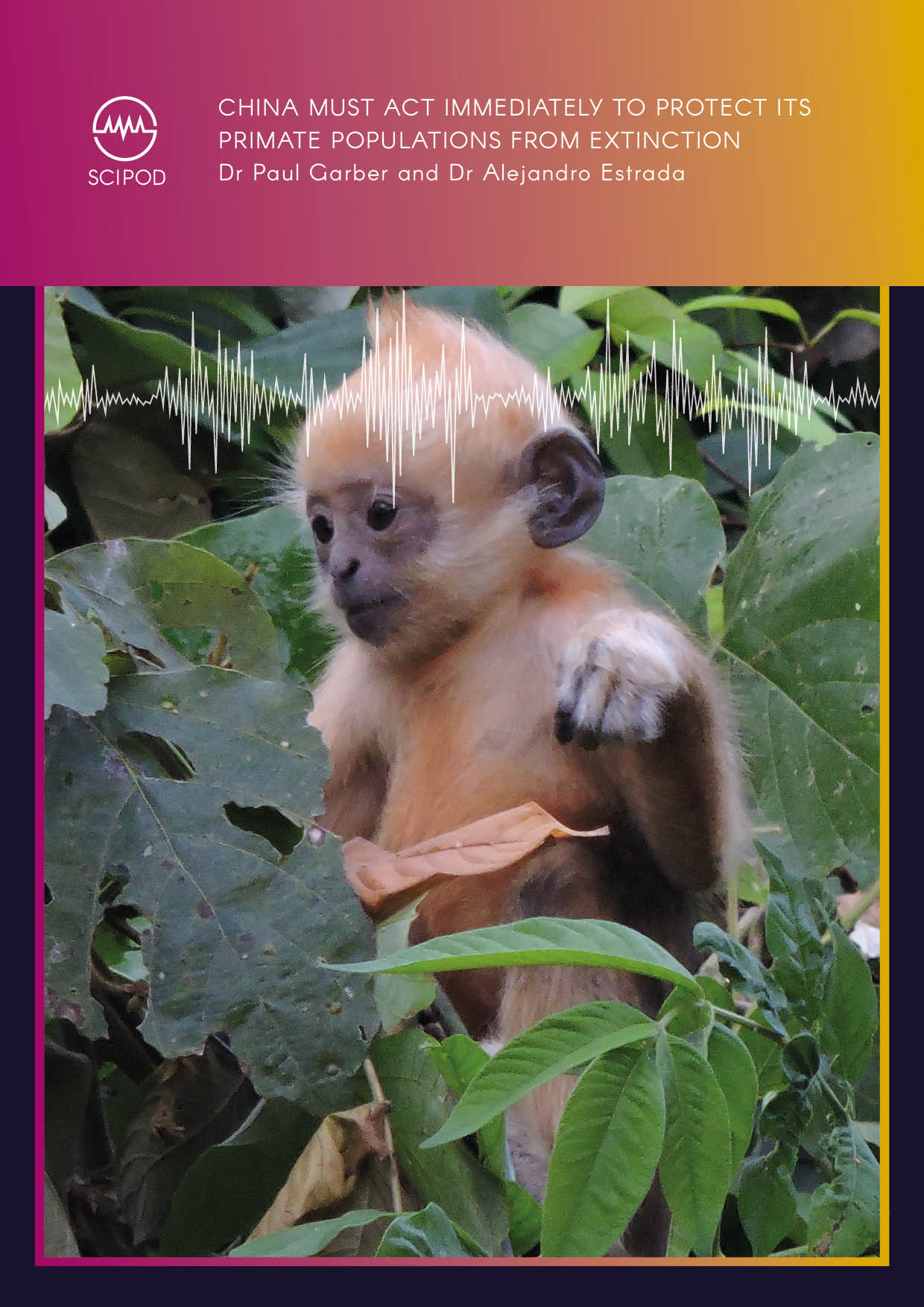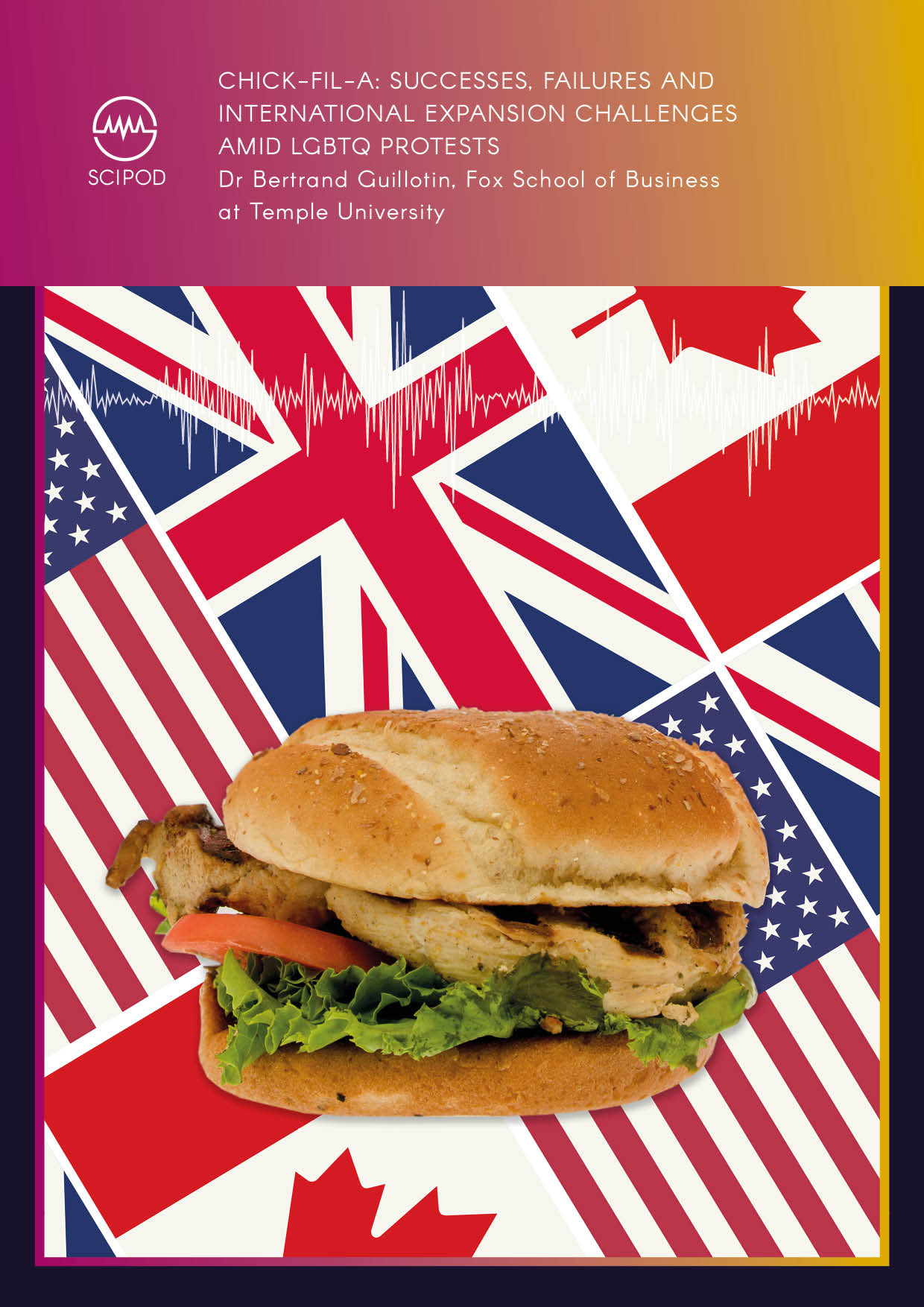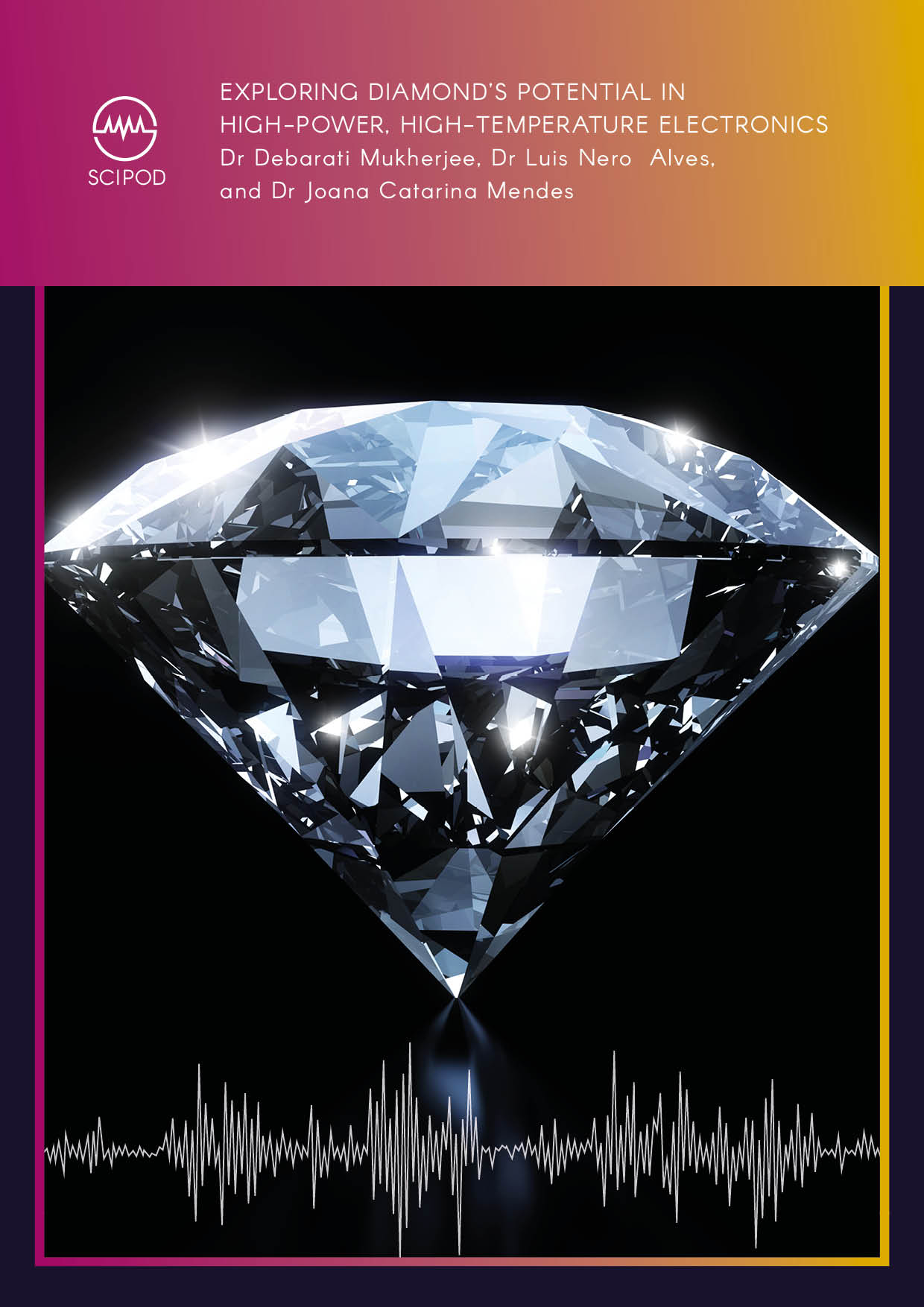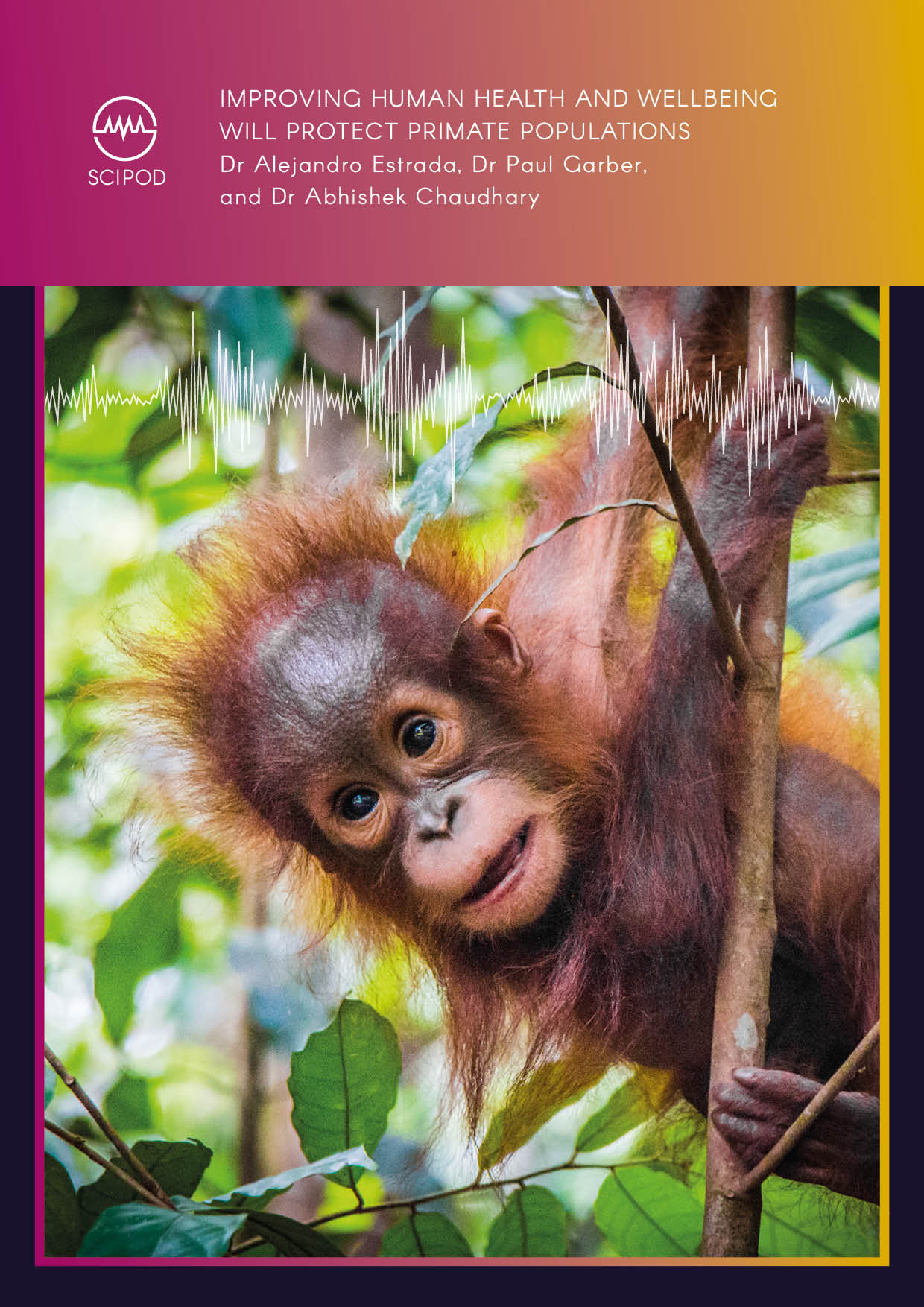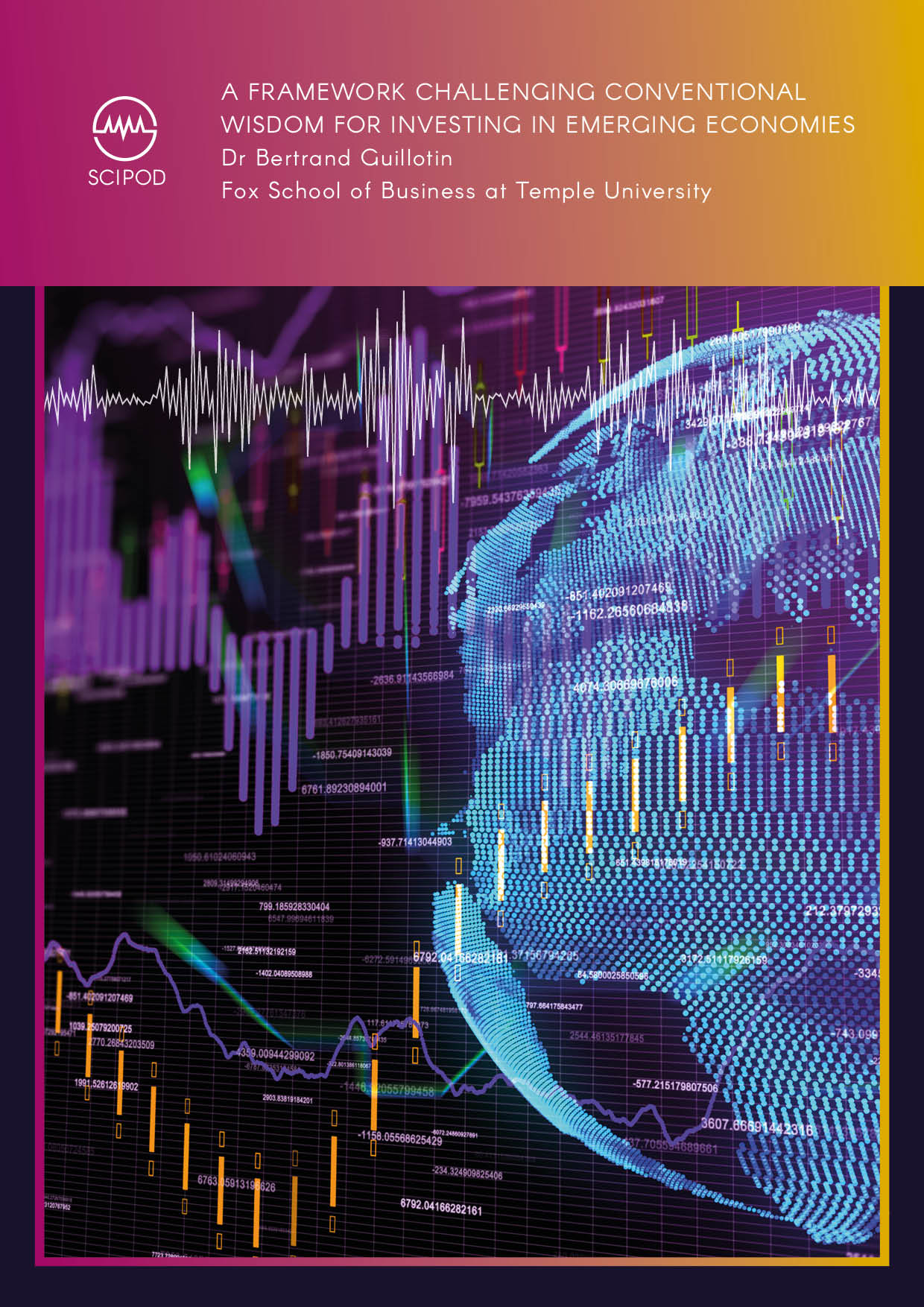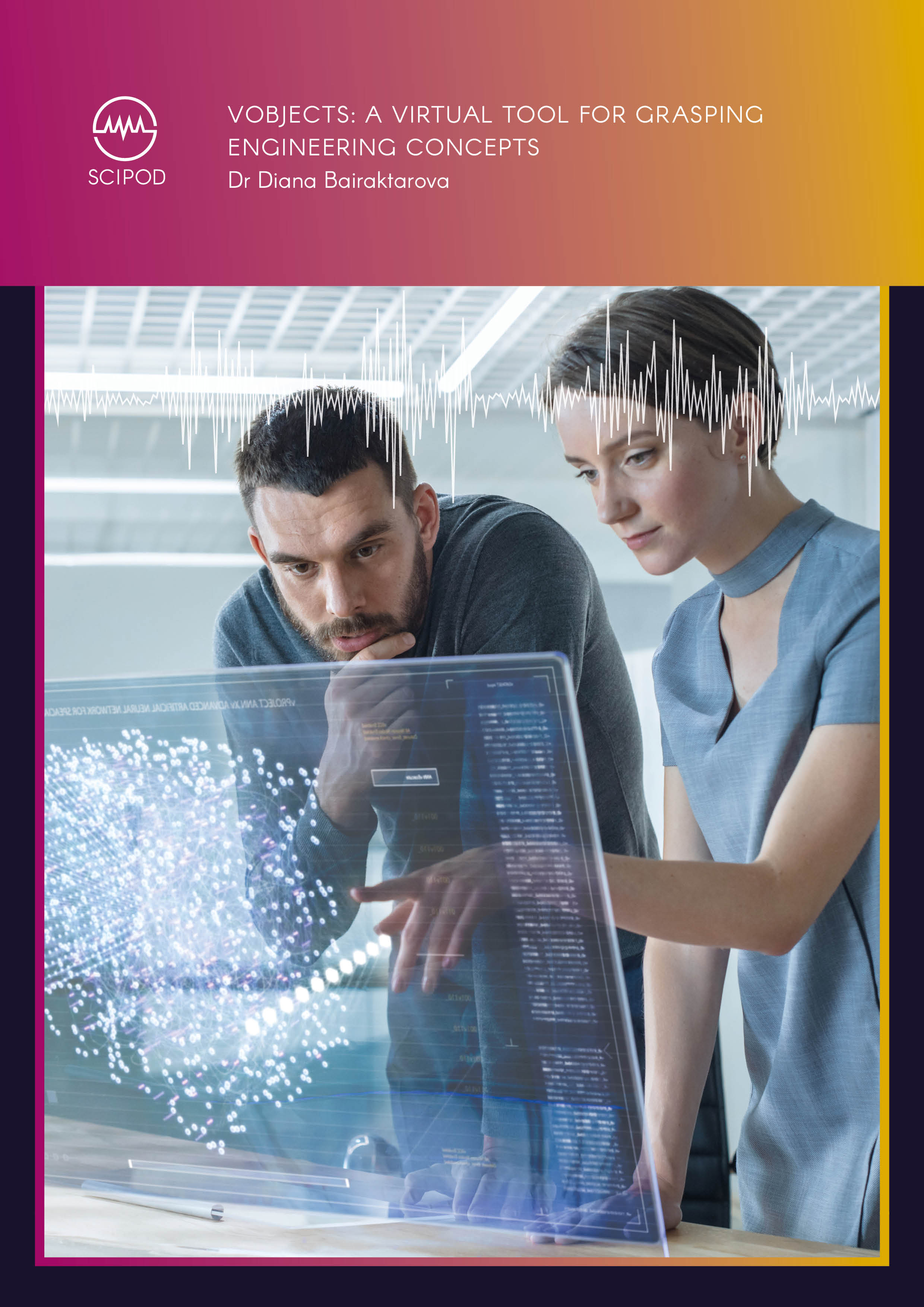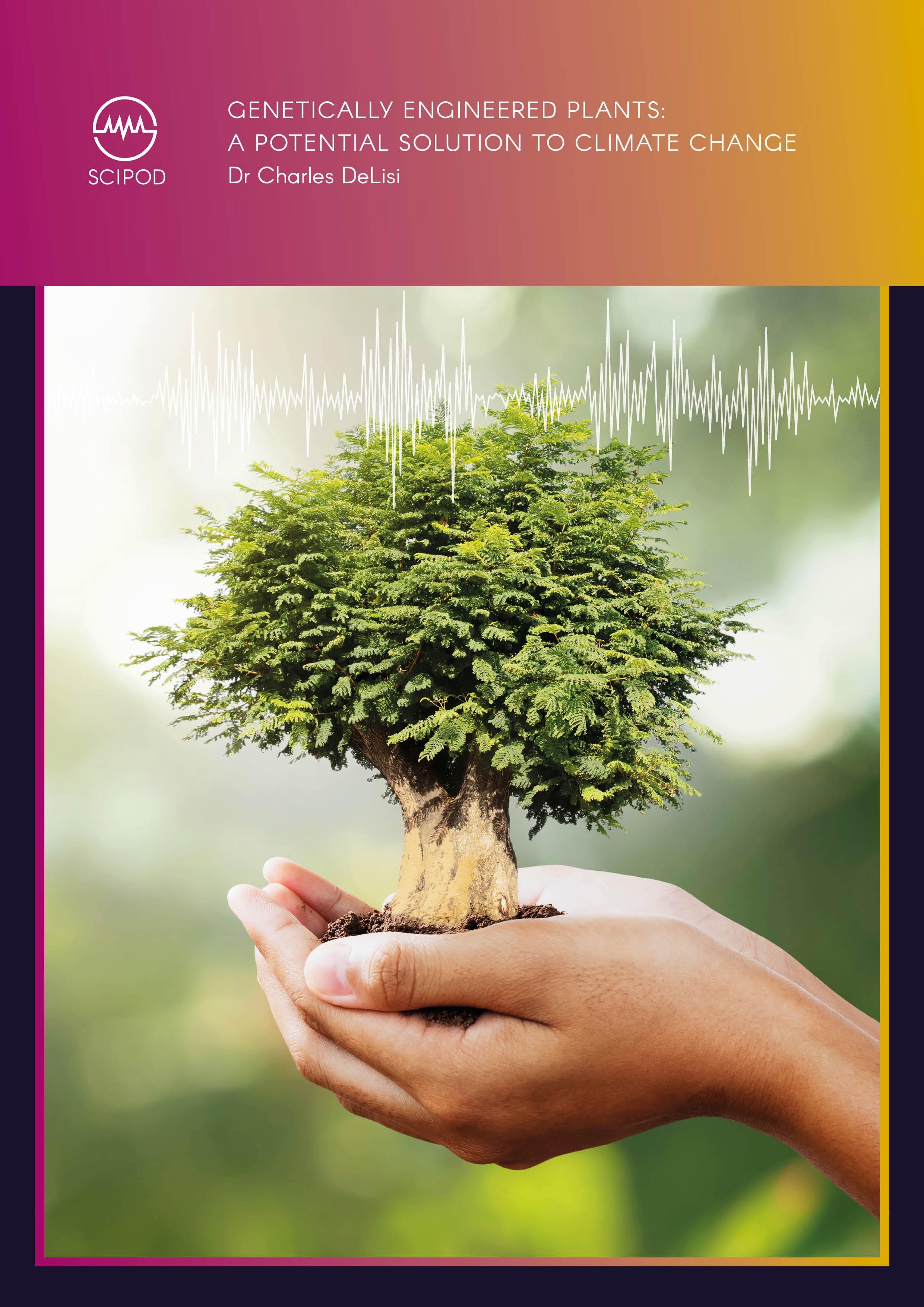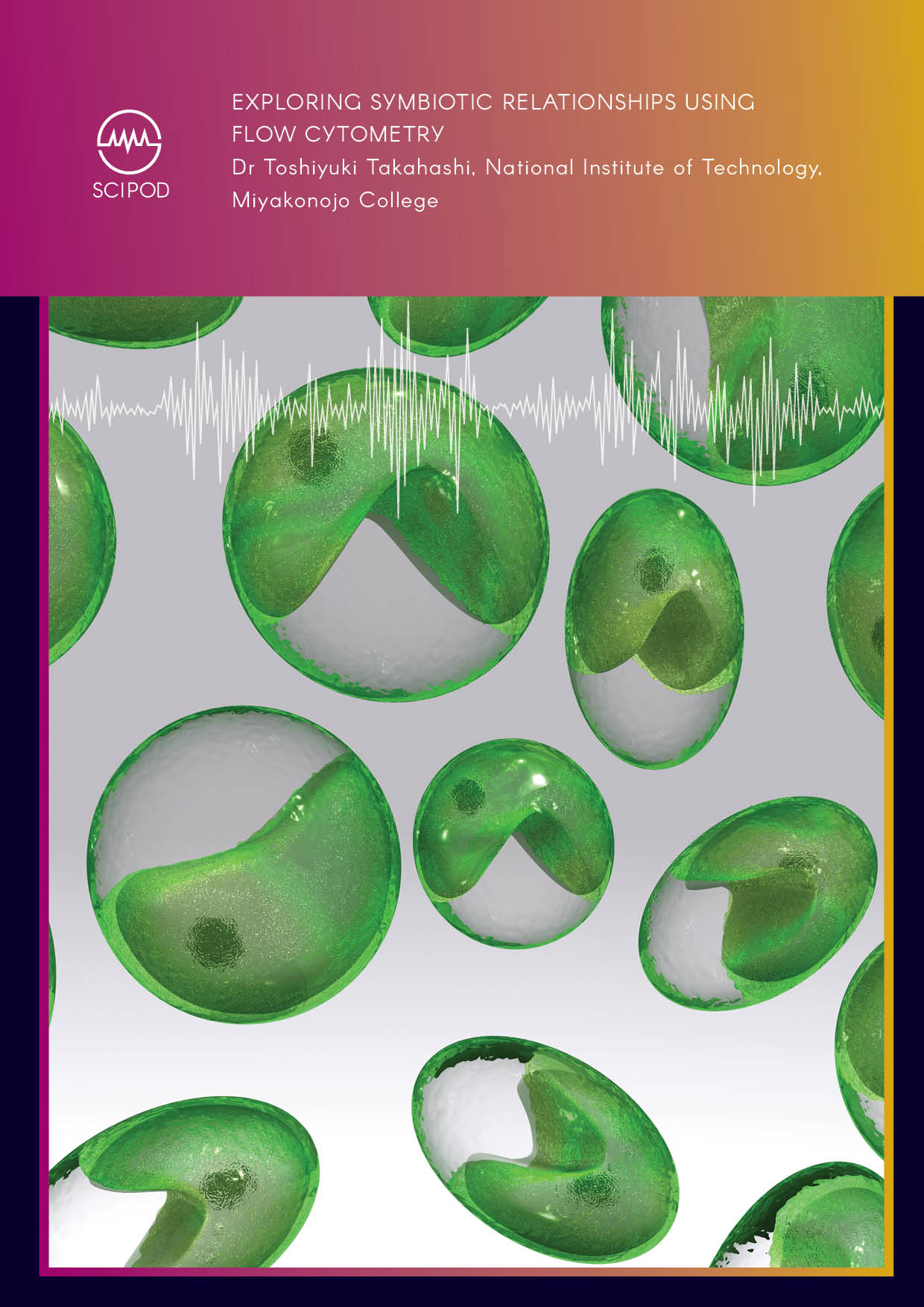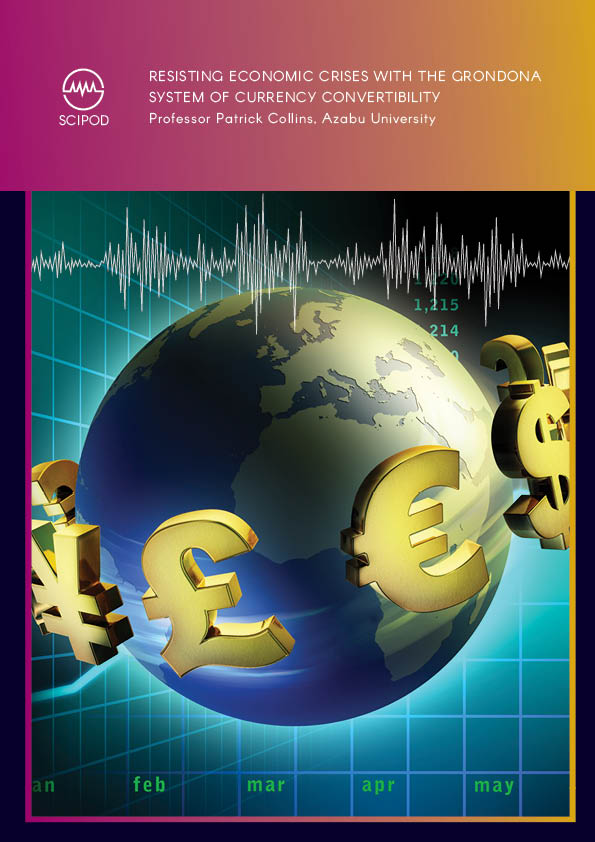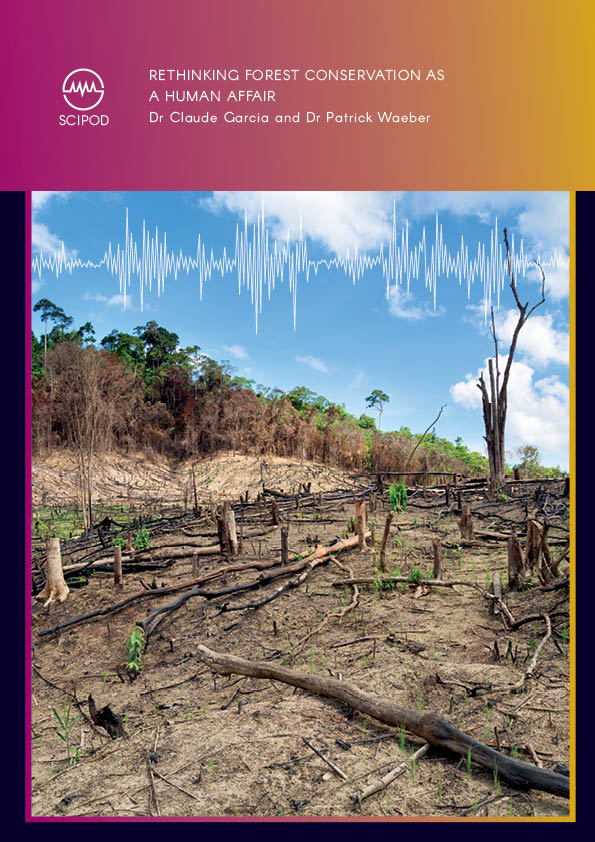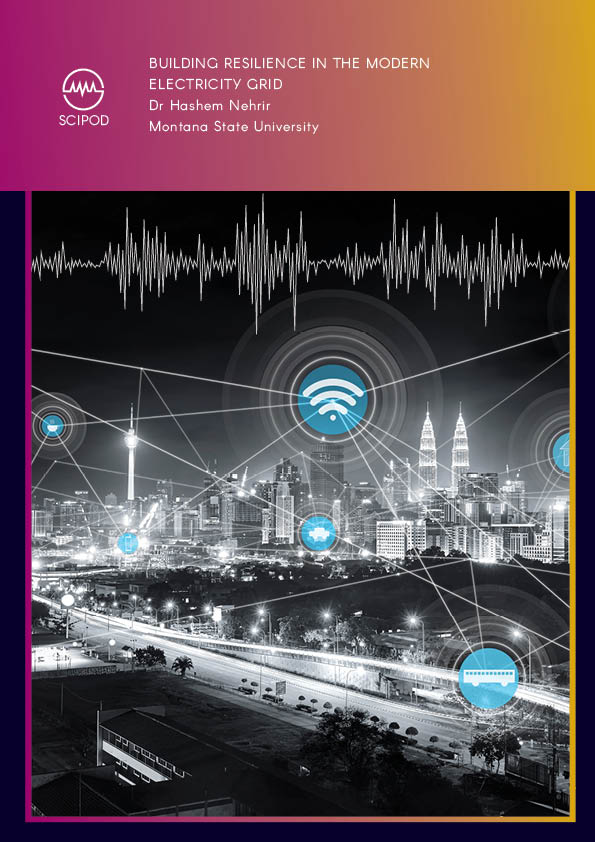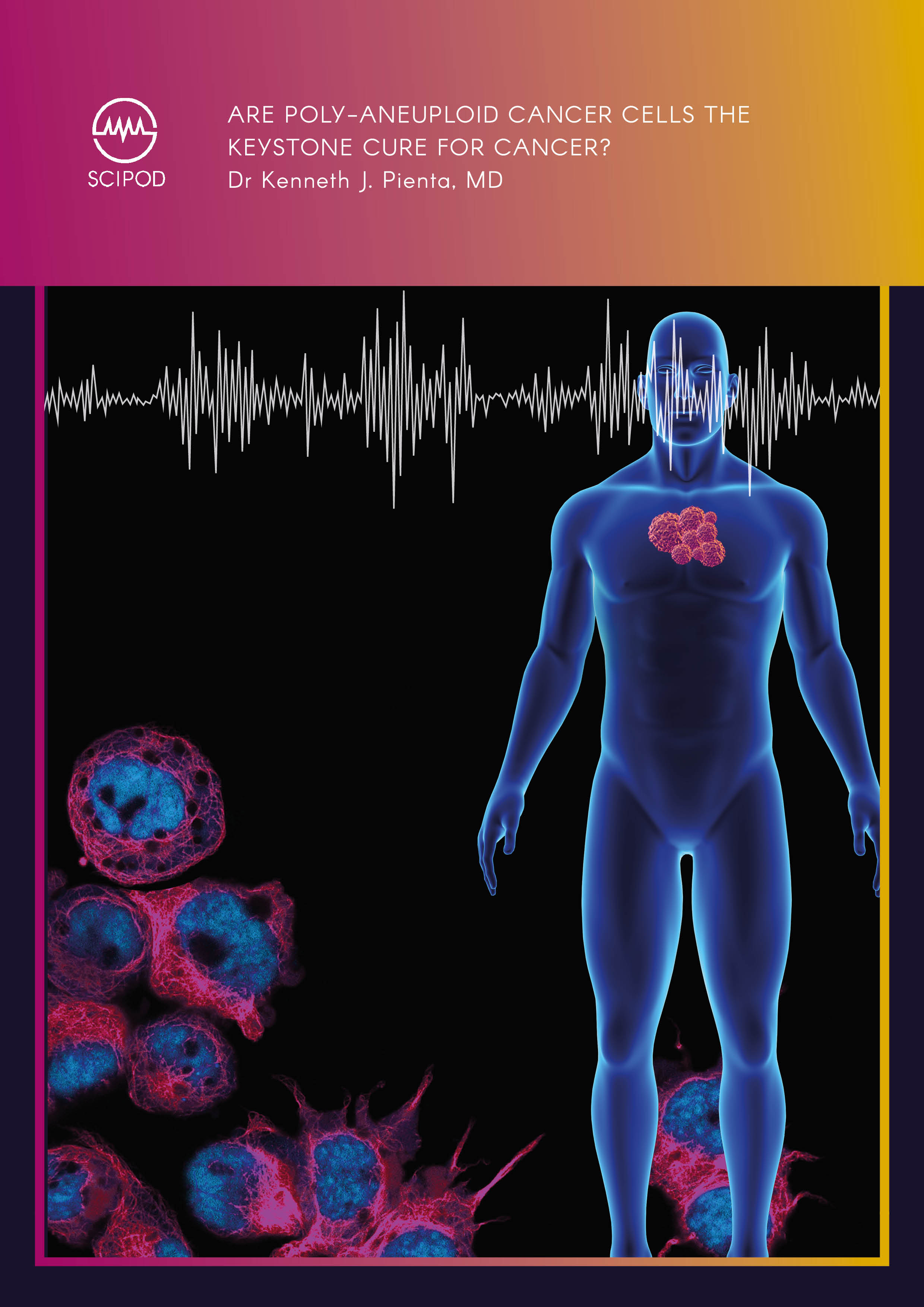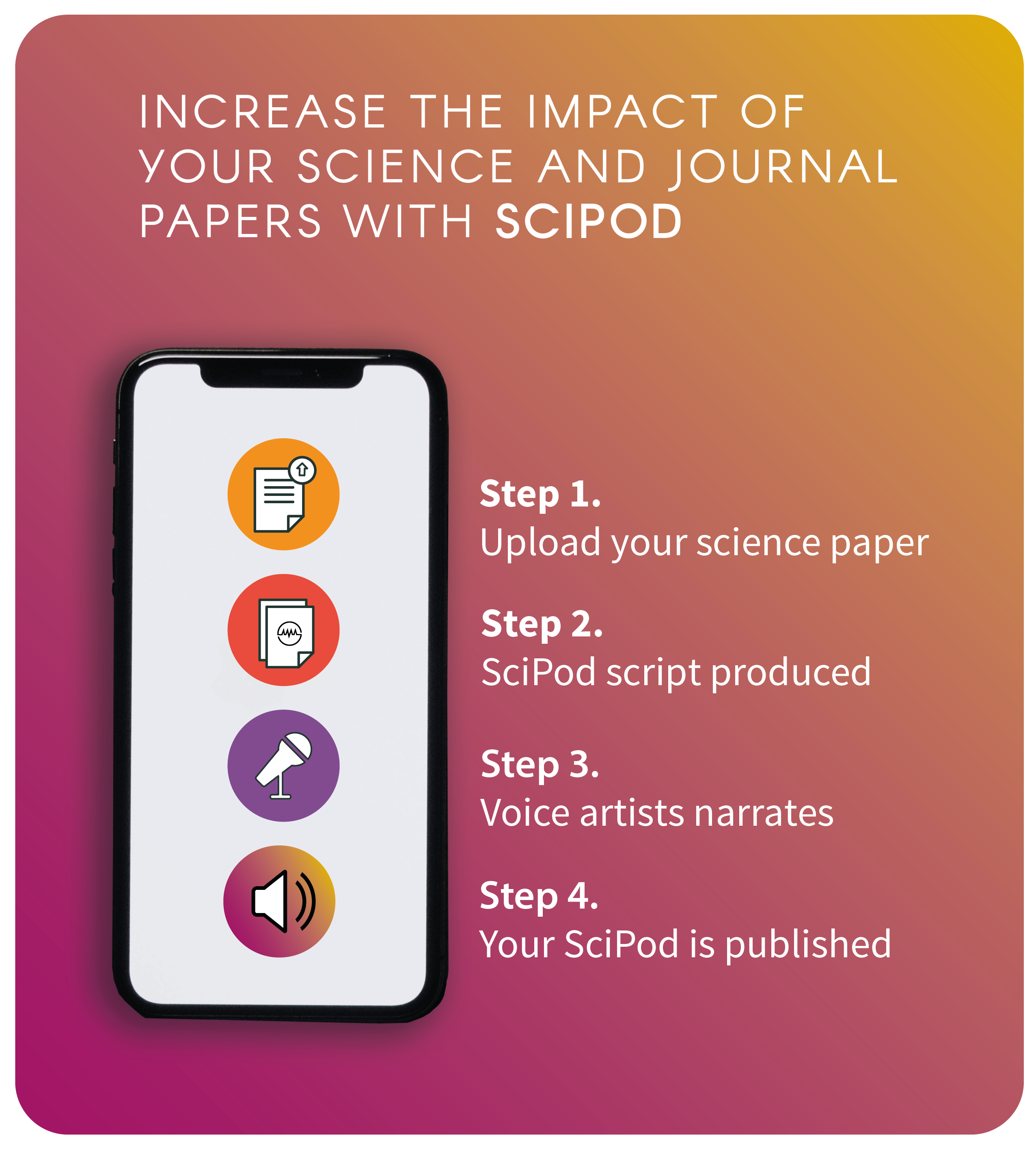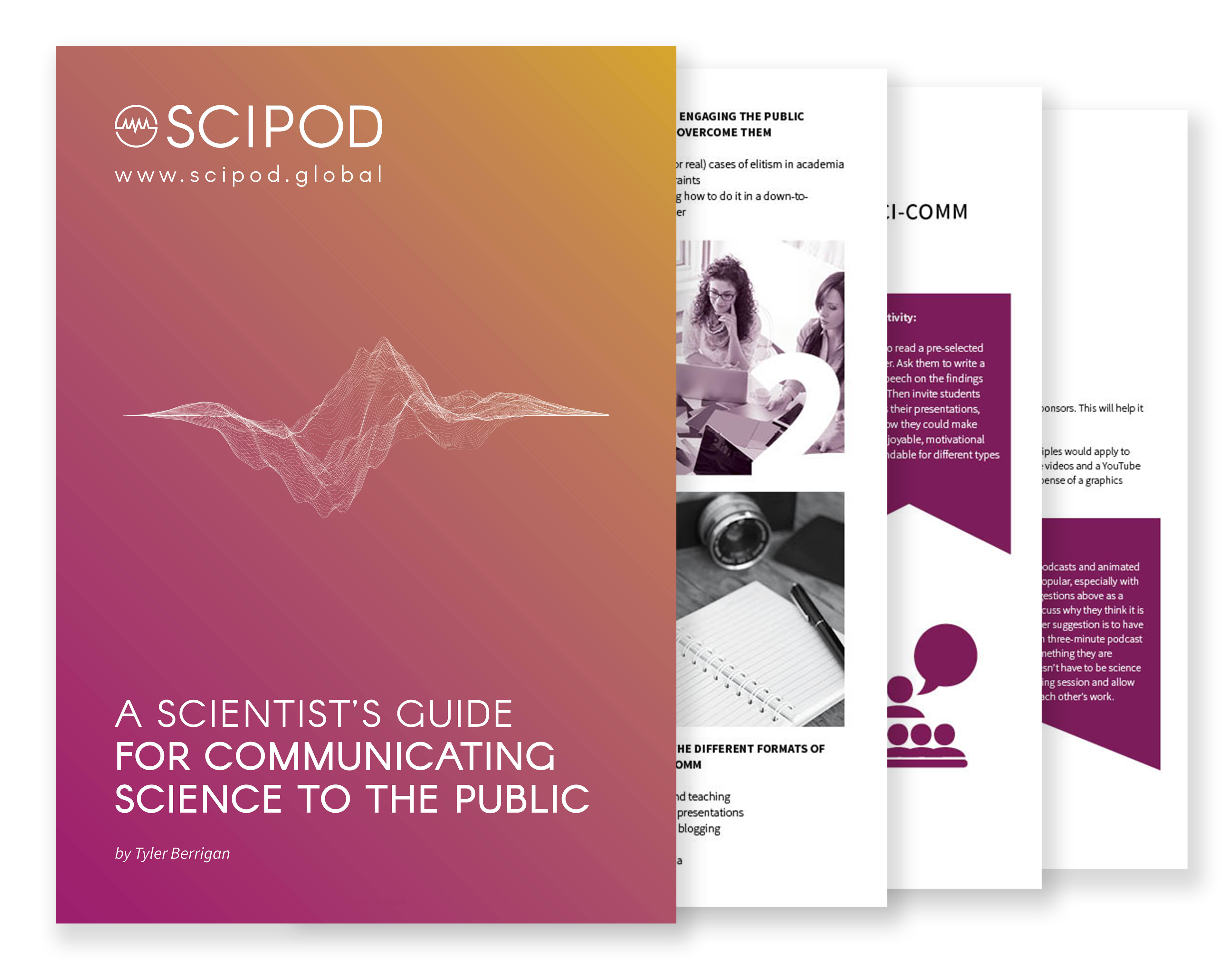Welcome to SciComm Radio
An exclusive interview series with leading scientists and science communicators
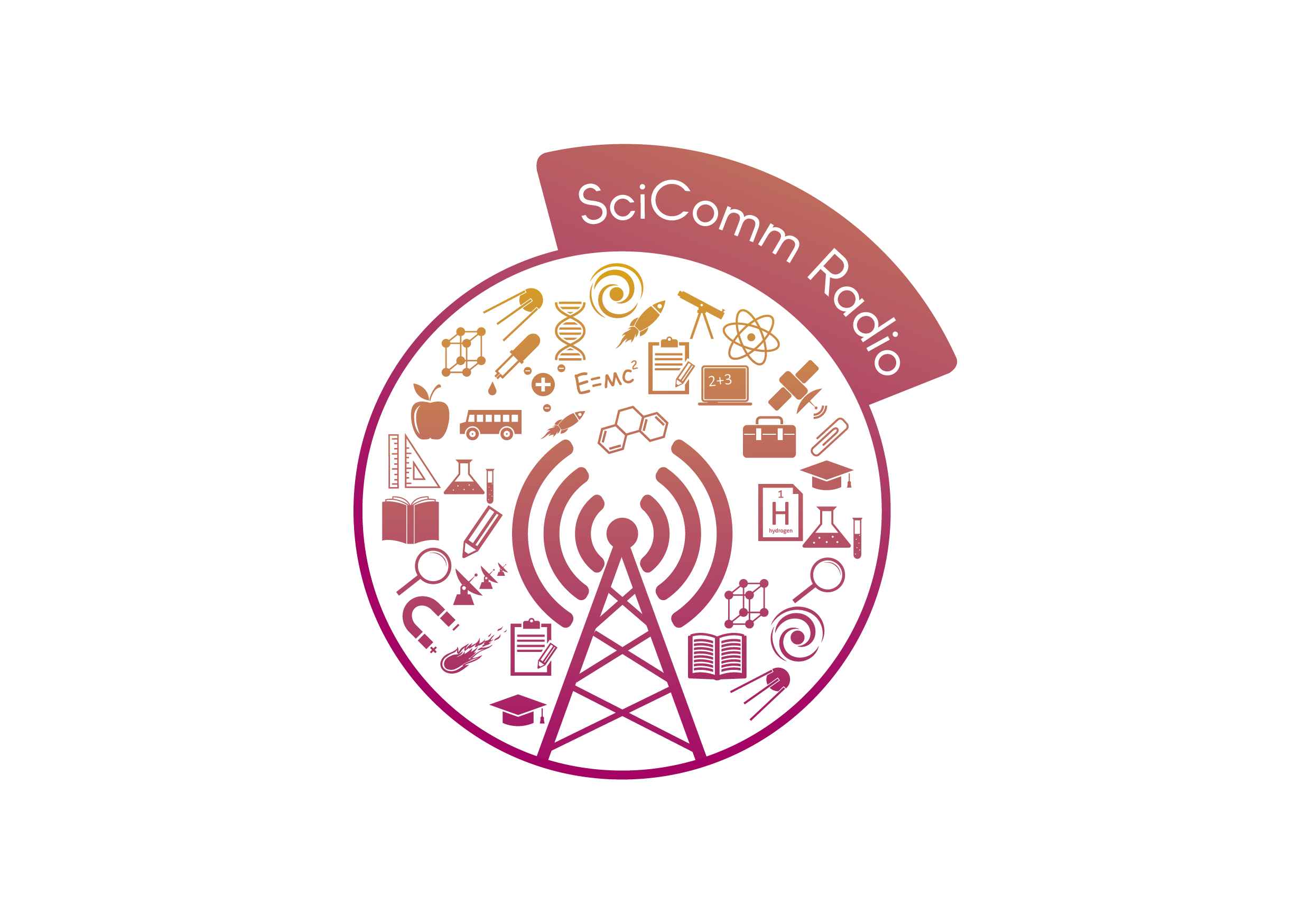
Click Below To Listen To A SciPod Radio Episode
Public Health Advocacy in the Fight Against Breast Cancer – Professor Janet Gray and Nancy Buermeyer
Public Health Advocacy in the Fight Against Breast Cancer – Professor Janet Gray and Nancy Buermeyer
Original Article Reference
This SciPod is a summary of the paper:
Share Episode
About this episode
Health advocacy is an often-overlooked part of the work of public health specialists, but in many ways, it can be argued to have the greatest long-term impact on the population’s health. Here we look at the impressive work of Professor Janet Gray (Vassar College) and Public Policy Strategist Ms Nancy Buermeyer, working with colleagues at Breast Cancer Prevention Partners, the leading USA science-based policy and advocacy organisation to focus on preventing breast cancer by eliminating exposure to toxic chemicals and radiation linked to the disease.
This work is licensed under a Creative Commons Attribution 4.0 International License. 
What does this mean?
Share: You can copy and redistribute the material in any medium or format
Adapt: You can change, and build upon the material for any purpose, even commercially.
Credit: You must give appropriate credit, provide a link to the license, and indicate if changes were made.
More episodes
Increase the impact of your research
• Good science communication helps people make informed decisions and motivates them to take appropriate and affirmative action.
• Good science communication encourages everyday people to be scientifically literate so that they can analyse the integrity and legitimacy of information.
• Good science communication encourages people into STEM-related fields of study and employment.
• Good public science communication fosters a community around research that includes both members of the public, policymakers and scientists.
• In a recent survey, 75% of people suggested they would prefer to listen to an interesting story than read it.
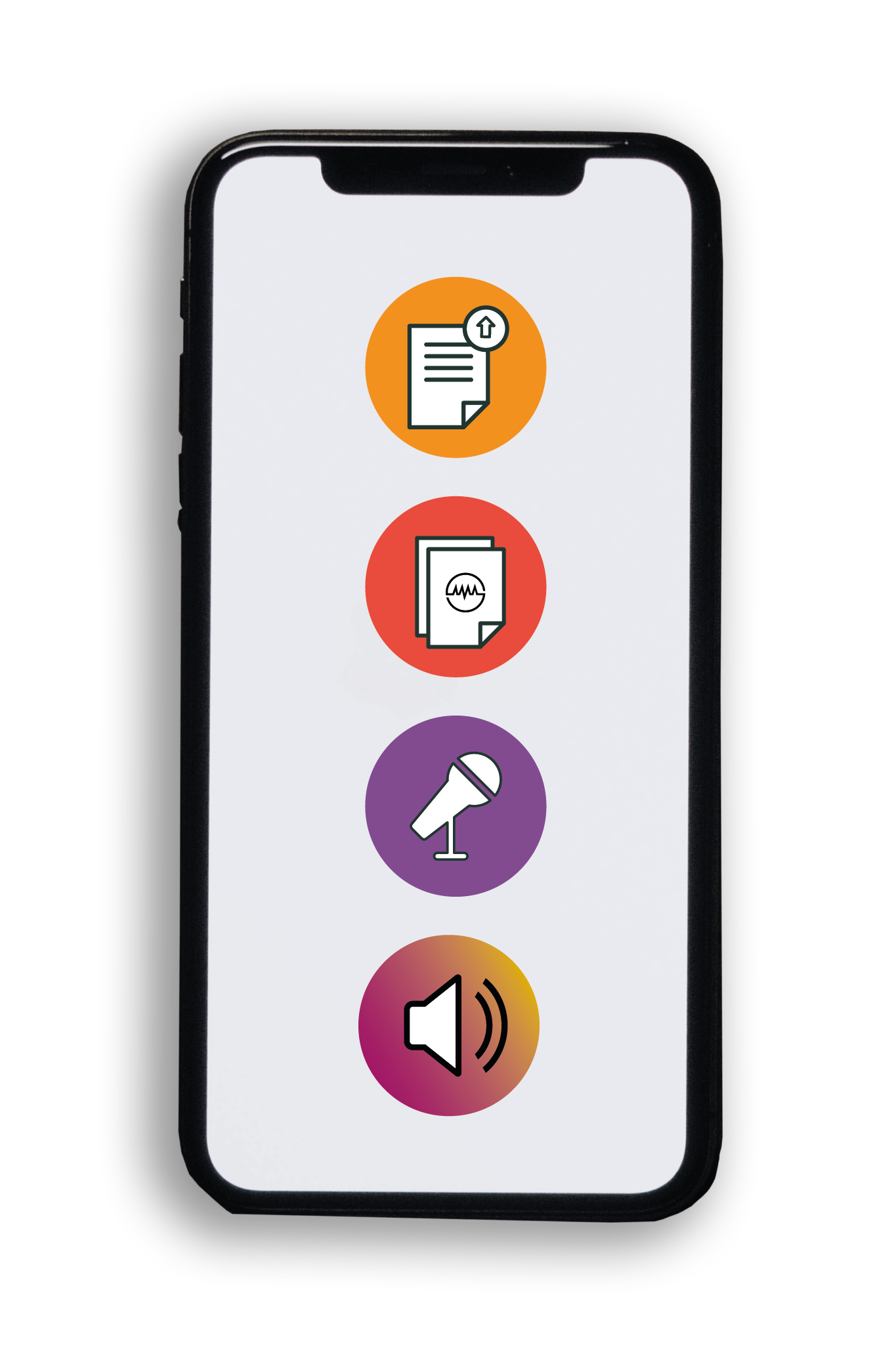
Step 1 Upload your science paper
Step 2 SciPod script written
Step 3 Voice audio recorded
Step 4 SciPod published
Increasing Income Equality During Slow or No Economic Growth – Dr Tilman Hartley, Autonomous University of Barcelona
Increasing Income Equality During Slow or No Economic Growth – Dr Tilman Hartley, Autonomous University of Barcelona
Original Article Reference
This SciPod is a summary of the paper ‘Policies for Equality Under Low or No Growth: A Model Inspired by Piketty’, from Review of Political Economy.
Share Episode
About this episode
When the incomes of wealthy individuals and companies grow faster than the economy itself, income inequality rises in society. However, industrialised economies such as the UK and Germany have experienced sustained declines in growth, and policies to promote economic growth often clash with environmental sustainability. Therefore, economists are attempting to find solutions for decreasing income inequality without the need to stimulate economic growth. In a recent paper, Dr Tilman Hartley at the Autonomous University of Barcelona and his collaborators outline policy interventions that can improve income equality during periods of slow or no growth.
This work is licensed under a Creative Commons Attribution 4.0 International License. 
What does this mean?
Share: You can copy and redistribute the material in any medium or format
Adapt: You can change, and build upon the material for any purpose, even commercially.
Credit: You must give appropriate credit, provide a link to the license, and indicate if changes were made.
More episodes
Increase the impact of your research
• Good science communication helps people make informed decisions and motivates them to take appropriate and affirmative action.
• Good science communication encourages everyday people to be scientifically literate so that they can analyse the integrity and legitimacy of information.
• Good science communication encourages people into STEM-related fields of study and employment.
• Good public science communication fosters a community around research that includes both members of the public, policymakers and scientists.
• In a recent survey, 75% of people suggested they would prefer to listen to an interesting story than read it.

Step 1 Upload your science paper
Step 2 SciPod script written
Step 3 Voice audio recorded
Step 4 SciPod published
Studying Meditation-related Challenges in Western Buddhism -Dr Willoughby B. Britton, Brown University
Studying Meditation-related Challenges in Western Buddhism -Dr Willoughby B. Britton, Brown University
Original Article Reference
This SciPod is a summary of the paper ‘The varieties of contemplative experience: A mixed-methods study of meditation-related challenges in Western Buddhists, from the open access journal PLoS One. https://doi.org/10.1371/journal.pone.0176239
Share Episode
About this episode
Buddhist-derived meditation is becoming increasingly recognised as being able to promote physical, emotional, and mental health in the Western world. Although an extensive literature supports the many benefits of meditation, the adverse effects remain underreported. The Varieties of Contemplative Experience study was initiated by Dr Willoughby B. Britton at Brown University, Rhode Island, to investigate the potentially darker side of meditation.
This work is licensed under a Creative Commons Attribution 4.0 International License. 
What does this mean?
Share: You can copy and redistribute the material in any medium or format
Adapt: You can change, and build upon the material for any purpose, even commercially.
Credit: You must give appropriate credit, provide a link to the license, and indicate if changes were made.
More episodes
Increase the impact of your research
• Good science communication helps people make informed decisions and motivates them to take appropriate and affirmative action.
• Good science communication encourages everyday people to be scientifically literate so that they can analyse the integrity and legitimacy of information.
• Good science communication encourages people into STEM-related fields of study and employment.
• Good public science communication fosters a community around research that includes both members of the public, policymakers and scientists.
• In a recent survey, 75% of people suggested they would prefer to listen to an interesting story than read it.

Step 1 Upload your science paper
Step 2 SciPod script written
Step 3 Voice audio recorded
Step 4 SciPod published
Reducing Atmospheric Carbon Dioxide Through Direct Air Capture – Dr Radu Custelcean, Oak Ridge National Laboratory
Reducing Atmospheric Carbon Dioxide Through Direct Air Capture – Dr Radu Custelcean, Oak Ridge National Laboratory
Original Article Reference
This SciPod is a summary of the paper:
Share Episode
About this episode
Climate change is mostly the result of elevated carbon dioxide emissions. Over the past two decades, research groups have been searching for new technologies that capture carbon dioxide from the atmosphere as an effective way of reversing climate change. Dr Radu Custelcean and his colleagues at the Oak Ridge National Laboratory in the US specialise in this endeavour. The team is developing novel materials and methods that filter carbon dioxide out of the air in an energy-efficient manner.
This work is licensed under a Creative Commons Attribution 4.0 International License. 
What does this mean?
Share: You can copy and redistribute the material in any medium or format
Adapt: You can change, and build upon the material for any purpose, even commercially.
Credit: You must give appropriate credit, provide a link to the license, and indicate if changes were made.
Related episodes
Increase the impact of your research
• Good science communication helps people make informed decisions and motivates them to take appropriate and affirmative action.
• Good science communication encourages everyday people to be scientifically literate so that they can analyse the integrity and legitimacy of information.
• Good science communication encourages people into STEM-related fields of study and employment.
• Good public science communication fosters a community around research that includes both members of the public, policymakers and scientists.
• In a recent survey, 75% of people suggested they would prefer to listen to an interesting story than read it.

Step 1 Upload your science paper
Step 2 SciPod script written
Step 3 Voice audio recorded
Step 4 SciPod published
Harnessing Big Data to Identify Ideal Locations for Warehouses and Bike Share Stations – Dr Hui Xiong, Rutgers University
Harnessing Big Data to Identify Ideal Locations for Warehouses and Bike Share Stations – Dr Hui Xiong, Rutgers University
Original Article Reference
This SciPod is a summary of the paper:
Share Episode
About this episode
With a sharp increase in the public use of online shopping in recent years, which has spiked further due to the COVID-19 pandemic, the importance of warehouse positioning to provide an optimal delivery service has become a significant area of focus for retailers. Similarly, bike sharing in major cities has also seen an astronomical rise in usage – prompting questions about how bike stations can be best positioned. Stations in optimised locations would require minimal interference to change the stock levels, while also ensuring the greatest accessibility to users. Dr Xiong and his colleagues at Rutgers University have been using the ubiquity of big data to better optimise these systems for both cost efficiency and standard of service to customers, testing their findings in real-world scenarios.
This work is licensed under a Creative Commons Attribution 4.0 International License. 
What does this mean?
Share: You can copy and redistribute the material in any medium or format
Adapt: You can change, and build upon the material for any purpose, even commercially.
Credit: You must give appropriate credit, provide a link to the license, and indicate if changes were made.
Related episodes
Increase the impact of your research
• Good science communication helps people make informed decisions and motivates them to take appropriate and affirmative action.
• Good science communication encourages everyday people to be scientifically literate so that they can analyse the integrity and legitimacy of information.
• Good science communication encourages people into STEM-related fields of study and employment.
• Good public science communication fosters a community around research that includes both members of the public, policymakers and scientists.
• In a recent survey, 75% of people suggested they would prefer to listen to an interesting story than read it.

Step 1 Upload your science paper
Step 2 SciPod script written
Step 3 Voice audio recorded
Step 4 SciPod published
How Ought the Law to Deal with Implanted Medical Devices – Professor Muireann Quigley, University of Birmingham
How Ought the Law to Deal with Implanted Medical Devices – Professor Muireann Quigley, University of Birmingham
Original Article Reference
This SciPod is a summary of the paper:
Share Episode
About this episode
Attached and implanted technologies are now part of everyday life for many millions of people. Yet as the capabilities of these devices have advanced rapidly in recent years, lawmakers have struggled to keep pace. Professor Muireann Quigley at the University of Birmingham believes that it is now more critical than ever that the law catches up with the technological and social change wrought by attached and implanted medical devices, especially ‘smart’ ones. Through the Everyday Cyborgs 2.0 and DIY Diabetes projects, she and her colleagues hope to bring law, regulation, and policy regarding these technologies into the 21st century.
This work is licensed under a Creative Commons Attribution 4.0 International License. 
What does this mean?
Share: You can copy and redistribute the material in any medium or format
Adapt: You can change, and build upon the material for any purpose, even commercially.
Credit: You must give appropriate credit, provide a link to the license, and indicate if changes were made.
Related episodes
Increase the impact of your research
• Good science communication helps people make informed decisions and motivates them to take appropriate and affirmative action.
• Good science communication encourages everyday people to be scientifically literate so that they can analyse the integrity and legitimacy of information.
• Good science communication encourages people into STEM-related fields of study and employment.
• Good public science communication fosters a community around research that includes both members of the public, policymakers and scientists.
• In a recent survey, 75% of people suggested they would prefer to listen to an interesting story than read it.

Step 1 Upload your science paper
Step 2 SciPod script written
Step 3 Voice audio recorded
Step 4 SciPod published
Unfurling the Mystery of Plant Chromosome Numbers – Dr Paul Wolf, University of Alabama
Unfurling the Mystery of Plant Chromosome Numbers – Dr Paul Wolf, University of Alabama
Original Article Reference
This SciPod is a summary of the paper:
Share Episode
About this episode
Plants are more tolerant of changes in their chromosome number than animals. Even dramatic changes, such as doubling of the entire genome, sometimes leads to beneficial outcomes. Though a history of genome doubling is common in most plants, the chromosome number in many plants does not reflect this. Complex genome downsizing processes help these plants shed extra genetic information, but are poorly understood. Through comparisons with ferns – a group with high chromosome numbers – Dr Paul Wolf from the University of Alabama in Huntsville aims to shed light on genome downsizing.
This work is licensed under a Creative Commons Attribution 4.0 International License. 
What does this mean?
Share: You can copy and redistribute the material in any medium or format
Adapt: You can change, and build upon the material for any purpose, even commercially.
Credit: You must give appropriate credit, provide a link to the license, and indicate if changes were made.
Related episodes
Increase the impact of your research
• Good science communication helps people make informed decisions and motivates them to take appropriate and affirmative action.
• Good science communication encourages everyday people to be scientifically literate so that they can analyse the integrity and legitimacy of information.
• Good science communication encourages people into STEM-related fields of study and employment.
• Good public science communication fosters a community around research that includes both members of the public, policymakers and scientists.
• In a recent survey, 75% of people suggested they would prefer to listen to an interesting story than read it.

Step 1 Upload your science paper
Step 2 SciPod script written
Step 3 Voice audio recorded
Step 4 SciPod published
Saving Tropical Forests Through International Research Collaboration -Dr Peter Beck and Dr Michael Wasserman
Saving Tropical Forests Through International Research Collaboration -Dr Peter Beck and Dr Michael Wasserman
Original Article Reference
This SciPod is a summary of the paper:
Share Episode
About this episode
Tropical forests are some of the most biodiverse ecosystems on the planet, but extensive deforestation has pushed many species to the brink of extinction. Conservation efforts have been limited by political and socioeconomic backgrounds of each region. By integrating ecological and social research techniques, Dr Peter Beck at St Edward’s University, Dr Michael Wasserman of Indiana University and their colleagues examine the effectiveness of tropical forest conservation strategies and the factors that encourage people to conserve their forests. Their extensive project also provides international research experience to STEM students from underrepresented backgrounds, and helps foster scientific and cultural exchange between countries.
This work is licensed under a Creative Commons Attribution 4.0 International License. 
What does this mean?
Share: You can copy and redistribute the material in any medium or format
Adapt: You can change, and build upon the material for any purpose, even commercially.
Credit: You must give appropriate credit, provide a link to the license, and indicate if changes were made.
Related episodes
Increase the impact of your research
• Good science communication helps people make informed decisions and motivates them to take appropriate and affirmative action.
• Good science communication encourages everyday people to be scientifically literate so that they can analyse the integrity and legitimacy of information.
• Good science communication encourages people into STEM-related fields of study and employment.
• Good public science communication fosters a community around research that includes both members of the public, policymakers and scientists.
• In a recent survey, 75% of people suggested they would prefer to listen to an interesting story than read it.

Step 1 Upload your science paper
Step 2 SciPod script written
Step 3 Voice audio recorded
Step 4 SciPod published
New Frontiers of Sound A Quiet Revolution
New Frontiers of Sound A Quiet Revolution
Original Article Reference
This SciPod is a summary of the paper:
Share Episode
About this episode
Sound waves are all around us. They govern vibrations from the sweetest of sound to the most destructive earthquakes. Now, a team of researchers across the US has embarked on an ambitious project, named ‘New Frontiers of Sound’, which will pave the way for advanced technologies that operate using sound waves. Combining the expertise of more than 30 leading scientists and engineers from across the field of acoustics, the project promises to discover new properties of sound, while offering exciting opportunities for researchers from a diverse range of backgrounds.
This work is licensed under a Creative Commons Attribution 4.0 International License. 
What does this mean?
Share: You can copy and redistribute the material in any medium or format
Adapt: You can change, and build upon the material for any purpose, even commercially.
Credit: You must give appropriate credit, provide a link to the license, and indicate if changes were made.
Related episodes
Increase the impact of your research
• Good science communication helps people make informed decisions and motivates them to take appropriate and affirmative action.
• Good science communication encourages everyday people to be scientifically literate so that they can analyse the integrity and legitimacy of information.
• Good science communication encourages people into STEM-related fields of study and employment.
• Good public science communication fosters a community around research that includes both members of the public, policymakers and scientists.
• In a recent survey, 75% of people suggested they would prefer to listen to an interesting story than read it.

Step 1 Upload your science paper
Step 2 SciPod script written
Step 3 Voice audio recorded
Step 4 SciPod published
Dr Bruno Basso – Improving Agricultural Sustainability with Digital Technology
Dr Bruno Basso – Improving Agricultural Sustainability with Digital Technology
Original Article Reference
This SciPod is a summary of the paper:
Share Episode
About this episode
In recent decades, advancements in agricultural practices have made the large-scale production of cheap and nutritious food possible. However, these practices are often damaging to the environment, making them unsustainable in the long term. Technology is now sufficiently developed that many of these environmental impacts can be reduced or mitigated, by using ‘big data’ to inform farming management decisions. Dr Bruno Basso from Michigan State University and his network of researchers have been exploring how digital technologies could usher in a new era of sustainable agriculture that balances competing economic and social interests while minimising trade-offs.
This work is licensed under a Creative Commons Attribution 4.0 International License. 
What does this mean?
Share: You can copy and redistribute the material in any medium or format
Adapt: You can change, and build upon the material for any purpose, even commercially.
Credit: You must give appropriate credit, provide a link to the license, and indicate if changes were made.
Related episodes
Increase the impact of your research
• Good science communication helps people make informed decisions and motivates them to take appropriate and affirmative action.
• Good science communication encourages everyday people to be scientifically literate so that they can analyse the integrity and legitimacy of information.
• Good science communication encourages people into STEM-related fields of study and employment.
• Good public science communication fosters a community around research that includes both members of the public, policymakers and scientists.
• In a recent survey, 75% of people suggested they would prefer to listen to an interesting story than read it.

Step 1 Upload your science paper
Step 2 SciPod script written
Step 3 Voice audio recorded
Step 4 SciPod published
Dr Ken Overturf – Securing a Sustainable Future for Aquaculture
Dr Ken Overturf – Securing a Sustainable Future for Aquaculture
Original Article Reference
This SciPod is a summary of the paper:
Share Episode
About this episode
To help feed a global population of the magnitude expected by 2050, fish farming will need to increase dramatically. Two main factors limiting the expansion and future sustainability of the aquaculture industry are finding feed replacements that have equivalent or improved nutritional benefits, and preventing disease. Over the last 20 years, Dr Ken Overturf and his team at the USDA’s Agricultural Research Service in collaboration with the Aquaculture Research Institute at the University of Idaho have been working to establish a genetic enhancement program for rainbow trout, with the aim of helping to boost global fish production in a sustainable manner.
This work is licensed under a Creative Commons Attribution 4.0 International License. 
What does this mean?
Share: You can copy and redistribute the material in any medium or format
Adapt: You can change, and build upon the material for any purpose, even commercially.
Credit: You must give appropriate credit, provide a link to the license, and indicate if changes were made.
Related episodes
Increase the impact of your research
• Good science communication helps people make informed decisions and motivates them to take appropriate and affirmative action.
• Good science communication encourages everyday people to be scientifically literate so that they can analyse the integrity and legitimacy of information.
• Good science communication encourages people into STEM-related fields of study and employment.
• Good public science communication fosters a community around research that includes both members of the public, policymakers and scientists.
• In a recent survey, 75% of people suggested they would prefer to listen to an interesting story than read it.

Step 1 Upload your science paper
Step 2 SciPod script written
Step 3 Voice audio recorded
Step 4 SciPod published
Joints, Ventricles and Historical Buildings A Diverse Career with Structural Mechanics – Dr Nigel Shrive, University of Calgary
Joints, Ventricles and Historical Buildings A Diverse Career with Structural Mechanics – Dr Nigel Shrive, University of Calgary
Original Article Reference
This SciPod is a summary of the paper:
Share Episode
About this episode
Engineering mechanics can provide medical researchers with invaluable insights into the diverse mechanisms contained within the human body, and the conditions that arise when they go wrong. Over a career spanning four decades, Dr Nigel Shrive at the University of Calgary has offered significant contributions to this field. His research is now helping to improve the lives of many millions of people who are currently suffering from mechanical failure within the body. Elsewhere, his work has also enabled countries to protect their priceless historical heritage.
This work is licensed under a Creative Commons Attribution 4.0 International License. 
What does this mean?
Share: You can copy and redistribute the material in any medium or format
Adapt: You can change, and build upon the material for any purpose, even commercially.
Credit: You must give appropriate credit, provide a link to the license, and indicate if changes were made.
Related episodes
Increase the impact of your research
• Good science communication helps people make informed decisions and motivates them to take appropriate and affirmative action.
• Good science communication encourages everyday people to be scientifically literate so that they can analyse the integrity and legitimacy of information.
• Good science communication encourages people into STEM-related fields of study and employment.
• Good public science communication fosters a community around research that includes both members of the public, policymakers and scientists.
• In a recent survey, 75% of people suggested they would prefer to listen to an interesting story than read it.

Step 1 Upload your science paper
Step 2 SciPod script written
Step 3 Voice audio recorded
Step 4 SciPod published
A Personalised Mathematical Model for Anaemia in Patients with Chronic Kidney Disease – Dr Doris H. Fuertinger, Fresenius Medical Care
A Personalised Mathematical Model for Anaemia in Patients with Chronic Kidney Disease – Dr Doris H. Fuertinger, Fresenius Medical Care
Original Article Reference
This SciPod is a summary of the paper ‘Prediction of haemoglobin levels in individual hemodialysis patients by means of a mathematical model of erythropoesis’, from the open access journal PLOS ONE: https://doi.org/10.1371/journal.pone.0195918
Share Episode
About this episode
Individuals with chronic kidney disease commonly also suffer from renal anaemia. Renal anaemia, a condition in which individuals lack enough red blood cells to adequately supply oxygen to the tissue, can have many underlying causes. Treatment is based on hormones that stimulate the production of red blood cells but this has varying outcomes and it is difficult to estimate the effects treatment will have on a specific patient. Dr Doris H. Fuertinger at Fresenius Medical Care Deutschland is using a mathematical model to predict the causes of renal anaemia and to guide treatment for individual patients.
This work is licensed under a Creative Commons Attribution 4.0 International License. 
What does this mean?
Share: You can copy and redistribute the material in any medium or format
Adapt: You can change, and build upon the material for any purpose, even commercially.
Credit: You must give appropriate credit, provide a link to the license, and indicate if changes were made.
Related episodes
Increase the impact of your research
• Good science communication helps people make informed decisions and motivates them to take appropriate and affirmative action.
• Good science communication encourages everyday people to be scientifically literate so that they can analyse the integrity and legitimacy of information.
• Good science communication encourages people into STEM-related fields of study and employment.
• Good public science communication fosters a community around research that includes both members of the public, policymakers and scientists.
• In a recent survey, 75% of people suggested they would prefer to listen to an interesting story than read it.

Step 1 Upload your science paper
Step 2 SciPod script written
Step 3 Voice audio recorded
Step 4 SciPod published
Assessing the Relevance of Off-Target Changes in Gene Edited Crops
Assessing the Relevance of Off-Target Changes in Gene Edited Crops
Original Article Reference
This SciPod is a summary of the paper ‘Plant genome editing and the relevance of off-target changes’, from Plant Physiology. https://doi.org/10.1104/pp.19.01194
Conflict of interest and funding disclosures
Some of the authors are employees of Corteva Agriscience (A. Gutsche, G. May. D. Bubeck, S. Kumar), Bayer Crop Science (K Glenn, R. Dobert, M. Vega-Sanchez), HM Clause (J. Lindbo), Enza Zaden (L. Maas), or Pairwise (N. Graham), which are companies involved in targeted genetic modification of plants; all these authors were provided financial support in the form of author’s salaries. R. Stupar is a co-inventor of a patent in the plant gene-editing space. All other authors report no conflicts of interest relevant to this article (G. Patil, P. Morrell). The publication was partially supported by U.S. Department of Agriculture/National Institute of Food and Agriculture grants 2015–33522–24096 and 2019–33522–30200. The production of SciPod was commissioned by Bayer Crop Science.
Share Episode
About this episode
Humans have a long history of developing crops with improved characteristics, benefitting consumers, and farmers alike. Selective breeding, inducing genetic mutations, and, more recently, gene editing, are all tools that are used to produce plants with beneficial traits. As with any breeding technique, gene editing can lead to unintended genetic changes, but how does the prevalence of these off-target changes compare with those arising from other breeding practices? Plant scientists from the University of Minnesota and collaborating organizations reviewed the rate of unintended changes arising from gene editing with those from other plant development techniques. The researchers conclude that off-target edits in crops present no new safety concerns compared to unintended genetic changes that occur using other breeding techniques.
This work is licensed under a Creative Commons Attribution 4.0 International License. 
What does this mean?
Share: You can copy and redistribute the material in any medium or format
Adapt: You can change, and build upon the material for any purpose, even commercially.
Credit: You must give appropriate credit, provide a link to the license, and indicate if changes were made.
Related episodes
Increase the impact of your research
• Good science communication helps people make informed decisions and motivates them to take appropriate and affirmative action.
• Good science communication encourages everyday people to be scientifically literate so that they can analyse the integrity and legitimacy of information.
• Good science communication encourages people into STEM-related fields of study and employment.
• Good public science communication fosters a community around research that includes both members of the public, policymakers and scientists.
• In a recent survey, 75% of people suggested they would prefer to listen to an interesting story than read it.

Step 1 Upload your science paper
Step 2 SciPod script written
Step 3 Voice audio recorded
Step 4 SciPod published
Emerging Treatment Options in Inflammatory Bowel Disease
Emerging Treatment Options in Inflammatory Bowel Disease
In Collaboration With

Original Article Reference
This SciPod is a shortened and simplified summary of ‘Emerging Treatment Options in Inflammatory Bowel Disease’, published by Karger Publishers https://doi.org/10.1159/000507782
The complete original works are available at www.karger.com
Share Episode
About this episode
Inflammatory bowel disease (IBD) is a group of gastrointestinal conditions affecting almost 7 million people globally, and this incidence is rising. While treatments have improved over the last century, many patients do not respond sufficiently, especially those with moderate to severe levels of the disease. Novel drugs that restrain the immune system and reduce inflammation are being developed with the hope of improving patient outcomes. Dr Benjamin Misselwitz at Island Hospital of Bern and Bern University and his colleagues have conducted a comprehensive review of the emerging therapies and make recommendations for improving treatment for a wider range of patients.
This work is licensed under a Creative Commons Attribution 4.0 International License. 
What does this mean?
Share: You can copy and redistribute the material in any medium or format
Adapt: You can change, and build upon the material for any purpose, even commercially.
Credit: You must give appropriate credit, provide a link to the license, and indicate if changes were made.
Related episodes
Multiple Sclerosis Fast Facts
Multiple Sclerosis Fast Facts
In Collaboration With

Original Article Reference
This SciPod is a shortened and simplified summary of ‘Fast Facts: Multiple Sclerosis’ published by Karger Publishers: ISBN 978-1-910797-23-5
The complete original works are available at www.karger.com
Share Episode
Short on time? watch this 3 minute video
About this episode
Multiple sclerosis (MS) is a progressive disease of the nervous system resulting from the inflammation and degeneration of nerves. In developed countries, MS is the primary cause of neurological disability in young and middle-aged people. Worldwide, MS affects an estimated 2.3 million. The cause is unknown and although factors that may increase risk have been identified, attempts to curb disease progression have so far met with failure. However, we are at a turning point in scientific advancement with the emergence of promising new therapies that could help us shift the odds in our favor against this devastating disease.
Related episodes
This work is licensed under a Creative Commons Attribution 4.0 International License. 
What does this mean?
Share: You can copy and redistribute the material in any medium or format
Adapt: You can change, and build upon the material for any purpose, even commercially.
Credit: You must give appropriate credit, provide a link to the license, and indicate if changes were made.
AI and Data Mining for Smart Manufacturing – Dr Timothy Young, The University of Tennessee
AI and Data Mining for Smart Manufacturing – Dr Timothy Young, The University of Tennessee
Original Article Reference
This SciPod is a summary of the paper ‘AI and Data Mining for Smart Manufacturing’ https://doi.org/10.1007/s10531-018-1614-y
Share Episode
About this episode
Big data is now central to the operation of many online companies, but until now, the wealth of information it provides has remained largely untapped by manufacturers. Dr Tim Young at the University of Tennessee believes that through data science, this information could be used to significantly streamline the operations of many manufacturing industries. His work provides the widely varied parties involved in these processes with important new insights into how they should handle their data, ultimately helping them to improve the efficiency of their operations.
This work is licensed under a Creative Commons Attribution 4.0 International License. 
What does this mean?
Share: You can copy and redistribute the material in any medium or format
Adapt: You can change, and build upon the material for any purpose, even commercially.
Credit: You must give appropriate credit, provide a link to the license, and indicate if changes were made.
Related episodes
Increase the impact of your research
• Good science communication helps people make informed decisions and motivates them to take appropriate and affirmative action.
• Good science communication encourages everyday people to be scientifically literate so that they can analyse the integrity and legitimacy of information.
• Good science communication encourages people into STEM-related fields of study and employment.
• Good public science communication fosters a community around research that includes both members of the public, policymakers and scientists.
• In a recent survey, 75% of people suggested they would prefer to listen to an interesting story than read it.

Step 1 Upload your science paper
Step 2 SciPod script written
Step 3 Voice audio recorded
Step 4 SciPod published
Dr Chen Zhao | Dr Qianze Dong – The Fine Mechanics of Haematopoiesis
Dr Chen Zhao | Dr Qianze Dong – The Fine Mechanics of Haematopoiesis
Original Article Reference
This SciPod is a summary of the paper ‘The Fine Mechanics of Haematopoiesis ’ https://doi.org/10.1007/s10531-018-1614-y
Share Episode
About this episode
Haematopoiesis is the process through which cellular blood components are produced. It starts during embryonic development to ensure the production of blood cells such as erythrocytes (red cells), leukocytes (white cells), and platelets and continues throughout our lives. All blood cells derive from haematopoietic stem cells located in the bone marrow and, unfortunately, blood cancers may occur during this process. Whether blood cells become inefficient or grow excessively, the outcomes are usually devastating. Dr Chen Zhao (University of Iowa) and Dr Qianze Dong (China Medical University) are exploring the cellular mechanisms of haematopoietic stem cells.
This work is licensed under a Creative Commons Attribution 4.0 International License. 
What does this mean?
Share: You can copy and redistribute the material in any medium or format
Adapt: You can change, and build upon the material for any purpose, even commercially.
Credit: You must give appropriate credit, provide a link to the license, and indicate if changes were made.
Related episodes
Increase the impact of your research
• Good science communication helps people make informed decisions and motivates them to take appropriate and affirmative action.
• Good science communication encourages everyday people to be scientifically literate so that they can analyse the integrity and legitimacy of information.
• Good science communication encourages people into STEM-related fields of study and employment.
• Good public science communication fosters a community around research that includes both members of the public, policymakers and scientists.
• In a recent survey, 75% of people suggested they would prefer to listen to an interesting story than read it.

Step 1 Upload your science paper
Step 2 SciPod script written
Step 3 Voice audio recorded
Step 4 SciPod published
China Must Act Immediately to Protect its Primate Populations from Extinction -Dr Paul Garber and Dr Alejandro Estrada
China Must Act Immediately to Protect its Primate Populations from Extinction -Dr Paul Garber and Dr Alejandro Estrada
Original Article Reference
This SciPod is a summary of the paper ‘The primate extinction crisis in China: immediate challenges and a way forward’ in Biodiversity and Conservation. https://doi.org/10.1007/s10531-018-1614-y
Share Episode
About this episode
China is home to a large number of the world’s primate species, but expanding industries and land transformations have put the country’s lorises, monkeys and apes at risk of extinction. Dr Paul Garber of the University of Illinois-Urbana and Dr Alejandro Estrada of the National Autonomous University of Mexico, along with primate scientists from China, Brazil and Australia, have examined the challenges that China faces in protecting and maintaining its biodiversity. The team also offers a set of conservation solutions that could help protect China’s non-human primate populations from being lost forever.
This work is licensed under a Creative Commons Attribution 4.0 International License. 
What does this mean?
Share: You can copy and redistribute the material in any medium or format
Adapt: You can change, and build upon the material for any purpose, even commercially.
Credit: You must give appropriate credit, provide a link to the license, and indicate if changes were made.
Related episodes
Increase the impact of your research
• Good science communication helps people make informed decisions and motivates them to take appropriate and affirmative action.
• Good science communication encourages everyday people to be scientifically literate so that they can analyse the integrity and legitimacy of information.
• Good science communication encourages people into STEM-related fields of study and employment.
• Good public science communication fosters a community around research that includes both members of the public, policymakers and scientists.
• In a recent survey, 75% of people suggested they would prefer to listen to an interesting story than read it.

Step 1 Upload your science paper
Step 2 SciPod script written
Step 3 Voice audio recorded
Step 4 SciPod published
Chick-fil-A Successes, Failures and International Expansion Challenges amid LGBTQ Protests – Dr Bertrand Guillotin, Fox School of Business at Temple University
Chick-fil-A Successes, Failures and International Expansion Challenges amid LGBTQ Protests – Dr Bertrand Guillotin, Fox School of Business at Temple University
Original Article Reference
This SciPod is a summary of the case study ‘Chick-fil-A: International Expansion Challenges’, available at https://www.iveycases.com/ProductView.aspx?id=108881
Share Episode
About this episode
In today’s corporate America, rapid growth and success often comes tied to some form of controversy. Perhaps one of the best examples of this is the restaurant chain Chick-fil-A. Driven by the huge popularity of its chicken sandwiches, Chick-fil-A had propelled itself to 10 billion dollars in annual sales by 2019. However, public backlash in response to donations made on behalf of the company to groups with anti-LGBTQ views has recently slowed the momentum down, raising questions about the viability of the company’s aggressive international expansion strategy. In a recent case study, Dr Bertrand Guillotin explores both the positive and negative aspects of Chick-fil-A, its rise to become a global market leader and the stumbling blocks it has encountered, which have often been self-induced.
This work is licensed under a Creative Commons Attribution 4.0 International License. 
What does this mean?
Share: You can copy and redistribute the material in any medium or format
Adapt: You can change, and build upon the material for any purpose, even commercially.
Credit: You must give appropriate credit, provide a link to the license, and indicate if changes were made.
Related episodes
Increase the impact of your research
• Good science communication helps people make informed decisions and motivates them to take appropriate and affirmative action.
• Good science communication encourages everyday people to be scientifically literate so that they can analyse the integrity and legitimacy of information.
• Good science communication encourages people into STEM-related fields of study and employment.
• Good public science communication fosters a community around research that includes both members of the public, policymakers and scientists.
• In a recent survey, 75% of people suggested they would prefer to listen to an interesting story than read it.

Step 1 Upload your science paper
Step 2 SciPod script written
Step 3 Voice audio recorded
Step 4 SciPod published
Exploring Diamond’s Potential in High-Power, High-Temperature Electronics – Dr Debarati Mukherjee, Dr Luis Nero Alves, Dr Joana Catarina Mendes
Exploring Diamond’s Potential in High-Power, High-Temperature Electronics – Dr Debarati Mukherjee, Dr Luis Nero Alves, Dr Joana Catarina Mendes
Original Article Reference
This SciPod is a summary of the article ‘Diamond for Future (Power) Electronics’, from trade magazine Power Electronics Europe.
Share Episode
About this episode
While many people perceive diamond as a material used to make jewellery or other decorative objects, this mesmerising stone has numerous other valuable applications. In fact, its physical properties make diamond ideal for uses in various technological applications, including high performance electronics. Dr Debarati Mukherjee, Dr Luis Nero Alves and Dr Joana Catarina Mendes at the University of Aveiro in Portugal have recently outlined some exciting potential uses of diamond in technology and engineering, while also describing what makes this material so unique and valuable.
This work is licensed under a Creative Commons Attribution 4.0 International License. 
What does this mean?
Share: You can copy and redistribute the material in any medium or format
Adapt: You can change, and build upon the material for any purpose, even commercially.
Credit: You must give appropriate credit, provide a link to the license, and indicate if changes were made.
Related episodes
Increase the impact of your research
• Good science communication helps people make informed decisions and motivates them to take appropriate and affirmative action.
• Good science communication encourages everyday people to be scientifically literate so that they can analyse the integrity and legitimacy of information.
• Good science communication encourages people into STEM-related fields of study and employment.
• Good public science communication fosters a community around research that includes both members of the public, policymakers and scientists.
• In a recent survey, 75% of people suggested they would prefer to listen to an interesting story than read it.

Step 1 Upload your science paper
Step 2 SciPod script written
Step 3 Voice audio recorded
Step 4 SciPod published
Improving Human Health and Wellbeing Will Protect Primate Populations – Dr Alejandro Estrada, Dr Paul Garber, and Dr Abhishek Chaudhary
Improving Human Health and Wellbeing Will Protect Primate Populations – Dr Alejandro Estrada, Dr Paul Garber, and Dr Abhishek Chaudhary
Original Article Reference
This SciPod is a summary of the paper ‘Current and future trends in socio-economic, demographic and governance factors affecting global primate conservation’ from PeerJ. https://doi.org/10.7717/peerj.9816
Share Episode
About this episode
As the human population continues to grow, increasing global market demands, land conversion and the unsustainable use of natural resources are having a negative impact on non-human primate survivorship. Dr Alejandro Estrada from the National Autonomous University of Mexico, Dr Paul Garber of the University of Illinois, and Dr Abhishek Chaudhary from the Indian Institute of Technology, examine the socio-economic factors that negatively impact primate populations. For conservation policies to be effective, the team explains that the wellbeing, health and security of people living in primate regions must first be improved.
This work is licensed under a Creative Commons Attribution 4.0 International License. 
What does this mean?
Share: You can copy and redistribute the material in any medium or format
Adapt: You can change, and build upon the material for any purpose, even commercially.
Credit: You must give appropriate credit, provide a link to the license, and indicate if changes were made.
Related episodes
Increase the impact of your research
• Good science communication helps people make informed decisions and motivates them to take appropriate and affirmative action.
• Good science communication encourages everyday people to be scientifically literate so that they can analyse the integrity and legitimacy of information.
• Good science communication encourages people into STEM-related fields of study and employment.
• Good public science communication fosters a community around research that includes both members of the public, policymakers and scientists.
• In a recent survey, 75% of people suggested they would prefer to listen to an interesting story than read it.

Step 1 Upload your science paper
Step 2 SciPod script written
Step 3 Voice audio recorded
Step 4 SciPod published
A Framework Challenging Conventional Wisdom for Investing in Emerging Economies – Dr Bertrand Guillotin, Fox School of Business at Temple University
A Framework Challenging Conventional Wisdom for Investing in Emerging Economies – Dr Bertrand Guillotin, Fox School of Business at Temple University
Original Article Reference
This SciPod is a summary of the open-access paper ‘Using Unconventional Wisdom to Re-Assess and Rebuild the BRICS’, from the Journal of Financial Risk and Management.
https://doi.org/10.3390/jrfm12010008
Share Episode
About this episode
Since the 2008 global financial crisis, the US and other Western powerhouses have performed a U-turn in investing in globalisation, returning to the perceived comfort of protectionism, which involves imposing tariffs on imports to prioritise domestic industries. This has had a significant effect on developing and emerging countries, suppressing their economic growth by decreasing investment in the name of caution and reduced risk. Dr Bertrand Guillotin has recently challenged the conventional wisdom behind this approach in an effort to demonstrate that investment in these developing markets is not only advisable, but necessary for the growth and resilience of the global economy.
This work is licensed under a Creative Commons Attribution 4.0 International License. 
What does this mean?
Share: You can copy and redistribute the material in any medium or format
Adapt: You can change, and build upon the material for any purpose, even commercially.
Credit: You must give appropriate credit, provide a link to the license, and indicate if changes were made.
Related episodes
Increase the impact of your research
• Good science communication helps people make informed decisions and motivates them to take appropriate and affirmative action.
• Good science communication encourages everyday people to be scientifically literate so that they can analyse the integrity and legitimacy of information.
• Good science communication encourages people into STEM-related fields of study and employment.
• Good public science communication fosters a community around research that includes both members of the public, policymakers and scientists.
• In a recent survey, 75% of people suggested they would prefer to listen to an interesting story than read it.

Step 1 Upload your science paper
Step 2 SciPod script written
Step 3 Voice audio recorded
Step 4 SciPod published
vObjects: A Virtual Tool for Grasping Engineering Concepts – Dr Diana Bairaktarova, Virginia Tech
vObjects: A Virtual Tool for Grasping Engineering Concepts – Dr Diana Bairaktarova, Virginia Tech
Original Article Reference
https://doi.org/10.33548/SCIENTIA504
Share Episode
About this episode
Engineering students can benefit greatly from interacting with physical objects whose attributes mimic those of real-world systems. So far, however, objects that do this effectively have proven to be extremely difficult to create. To solve the problem, Dr Diana Bairaktarova at Virginia Tech suggests that taught engineering courses could recreate practical situations more reliably using virtual objects, or ‘vObjects’. If her approach becomes widely adopted, it could transform how engineering students learn to apply their skills to complex, often unpredictable scenarios.
This work is licensed under a Creative Commons Attribution 4.0 International License. 
What does this mean?
Share: You can copy and redistribute the material in any medium or format
Adapt: You can change, and build upon the material for any purpose, even commercially.
Credit: You must give appropriate credit, provide a link to the license, and indicate if changes were made.
Related episodes
Increase the impact of your research
• Good science communication encourages everyday people to be scientifically literate so that they can analyse the integrity and legitimacy of information.
• Good science communication encourages people into STEM-related fields of study and employment.
• Good public science communication fosters a community around research that includes both members of the public, policymakers and scientists.
• In a recent survey, 75% of people suggested they would prefer to listen to an interesting story than read it.

Step 1 Upload your science paper
Step 2 SciPod script written
Step 3 Voice audio recorded
Step 4 SciPod published
Genetically Engineered Plants: A Potential Solution to Climate Change – Dr Charles DeLisi, Boston University
Genetically Engineered Plants: A Potential Solution to Climate Change – Dr Charles DeLisi, Boston University
Original Article Reference
https://doi.org/10.33548/SCIENTIA500
Share Episode
About this episode
Climate change is already having devastating effects felt across the globe. Without adequate measures to counteract the human drivers behind climate change, these negative consequences are guaranteed to increase in severity in the coming decades. Esteemed biomedical scientist, Dr Charles DeLisi of Boston University, urges that a multi-disciplinary approach to mitigating climate change is vital. Using predictive modelling, he has demonstrated the potential power of genetically engineering plants to remove excess carbon dioxide from the atmosphere, thereby mitigating climate change.
This work is licensed under a Creative Commons Attribution 4.0 International License. 
What does this mean?
Share: You can copy and redistribute the material in any medium or format
Adapt: You can change, and build upon the material for any purpose, even commercially.
Credit: You must give appropriate credit, provide a link to the license, and indicate if changes were made.
Related episodes
Increase the impact of your research
• Good science communication encourages everyday people to be scientifically literate so that they can analyse the integrity and legitimacy of information.
• Good science communication encourages people into STEM-related fields of study and employment.
• Good public science communication fosters a community around research that includes both members of the public, policymakers and scientists.
• In a recent survey, 75% of people suggested they would prefer to listen to an interesting story than read it.

Step 1 Upload your science paper
Step 2 SciPod script written
Step 3 Voice audio recorded
Step 4 SciPod published
Exploring Symbiotic Relationships Using Flow Cytometry – Dr Toshiyuki Takahashi, National Institute of Technology in Miyazaki, Japan
Exploring Symbiotic Relationships Using Flow Cytometry – Dr Toshiyuki Takahashi, National Institute of Technology in Miyazaki, Japan
Original Article Reference
This SciPod is a summary of the paper ‘Life Cycle Analysis of Endosymbiotic Algae in an Endosymbiotic Situation with Paramecium bursaria Using Capillary Flow Cytometry’ from Energies. https://doi.org/10.3390/en10091413
Share Episode
About this episode
Symbiosis is the interaction between two species that offers benefits to one or both of the organisms involved. One important type of symbiosis that has been instrumental in advancing evolution is endosymbiosis, where one of the organisms lives inside the other. Endosymbiosis has typically been studied using microscopy, but Dr Toshiyuki Takahashi from the National Institute of Technology in Miyazaki, Japan, proposes that a technique called flow cytometry can offer more detailed insights into endosymbiotic relationships and advance our understanding of these important associations.
This work is licensed under a Creative Commons Attribution 4.0 International License. 
What does this mean?
Share: You can copy and redistribute the material in any medium or format
Adapt: You can change, and build upon the material for any purpose, even commercially.
Credit: You must give appropriate credit, provide a link to the license, and indicate if changes were made.
Related episodes
Increase the impact of your research
• Good science communication helps people make informed decisions and motivates them to take appropriate and affirmative action.
• Good science communication encourages everyday people to be scientifically literate so that they can analyse the integrity and legitimacy of information.
• Good science communication encourages people into STEM-related fields of study and employment.
• Good public science communication fosters a community around research that includes both members of the public, policymakers and scientists.
• In a recent survey, 75% of people suggested they would prefer to listen to an interesting story than read it.

Step 1 Upload your science paper
Step 2 SciPod script written
Step 3 Voice audio recorded
Step 4 SciPod published
Resisting Economic Crises with the Grondona System of Currency Convertibility – Professor Patrick Collins, Azabu University
Resisting Economic Crises with the Grondona System of Currency Convertibility – Professor Patrick Collins, Azabu University
Original Article Reference
This SciPod is a summary of the paper ‘Simulation of the Grondona System of Conditional Currency Convertibility Based on Primary Commodities, Considered as a Means to Resist Currency Crises’, from the Journal of Risk and Financial Management. https://doi.org/10.3390/jrfm12020075
Share Episode
About this episode
Currency crises are a major feature of the world economy we live in, and many governments face the challenge of defending their currency’s exchange-rate. A system of currency and money needs a standard of value to be stable, but no such system has existed since the end of the US Gold Standard in 1971. Professor Patrick Collins of Azabu University in Japan and his colleagues perform detailed simulations and argue that the Grondona system of conditional currency convertibility is the only practical method to stabilise currencies in our modern world.
This work is licensed under a Creative Commons Attribution 4.0 International License. 
What does this mean?
Share: You can copy and redistribute the material in any medium or format
Adapt: You can change, and build upon the material for any purpose, even commercially.
Credit: You must give appropriate credit, provide a link to the license, and indicate if changes were made.
Related episodes
Increase the impact of your research
• Good science communication helps people make informed decisions and motivates them to take appropriate and affirmative action.
• Good science communication encourages everyday people to be scientifically literate so that they can analyse the integrity and legitimacy of information.
• Good science communication encourages people into STEM-related fields of study and employment.
• Good public science communication fosters a community around research that includes both members of the public, policymakers and scientists.
• In a recent survey, 75% of people suggested they would prefer to listen to an interesting story than read it.

Step 1 Upload your science paper
Step 2 SciPod script written
Step 3 Voice audio recorded
Step 4 SciPod published
Rethinking Forest Conservation as a Human Affair – Dr Claude Garcia and Dr Patrick Waeber
Rethinking Forest Conservation as a Human Affair – Dr Claude Garcia and Dr Patrick Waeber
Original Article Reference
This SciPod is a summary of the paper ‘The global forest transition as a human affair’, from One Earth. https://doi.org/10.1016/j.oneear.2020.05.002
Share Episode
About this episode
Climate change and land-use changes are shaping the future of the world’s forests. Initiatives to halt deforestation and forest degradation are consistently missing their targets, despite political and public support. A key reason for this lack of effectiveness may be the failure to account for human behaviour. Dr Claude Garcia and Dr Patrick Waeber from the French Agricultural Research Centre for International Development and the Swiss Federal Institute of Technology use theoretical models and games to demonstrate how accounting for social and behavioural factors could significantly improve the outcomes of forest management.
This work is licensed under a Creative Commons Attribution 4.0 International License. 
What does this mean?
Share: You can copy and redistribute the material in any medium or format
Adapt: You can change, and build upon the material for any purpose, even commercially.
Credit: You must give appropriate credit, provide a link to the license, and indicate if changes were made.
Related episodes
Increase the impact of your research
• Good science communication helps people make informed decisions and motivates them to take appropriate and affirmative action.
• Good science communication encourages everyday people to be scientifically literate so that they can analyse the integrity and legitimacy of information.
• Good science communication encourages people into STEM-related fields of study and employment.
• Good public science communication fosters a community around research that includes both members of the public, policymakers and scientists.
• In a recent survey, 75% of people suggested they would prefer to listen to an interesting story than read it.

Step 1 Upload your science paper
Step 2 SciPod script written
Step 3 Voice audio recorded
Step 4 SciPod published
Building Resilience in the Modern Electricity Grid – Dr Hashem Nehrir, Montana State University
Building Resilience in the Modern Electricity Grid – Dr Hashem Nehrir, Montana State University
Original Article Reference
This SciPod is a summary of the paper ‘A Survey on Smart Agent-Based Microgrids for Resilient/Self-Healing Grids’ from Energies: https://doi.org/10.3390/en10050620
Share Episode
About this episode
As the electricity generation landscape transforms at a breakneck pace, the techniques engineers use to maintain a high performance in the electricity grid are struggling to keep up. Through a new study, Dr Hashem Nehrir and several of his former students at Montana State University delve into a variety of potential solutions, which have been presented by global research teams over the past two decades. Through an advanced algorithm, they have now brought together the findings of these studies and present a new grid architecture that could ensure our electricity infrastructures remain resilient well into the future.
This work is licensed under a Creative Commons Attribution 4.0 International License. 
What does this mean?
Share: You can copy and redistribute the material in any medium or format
Adapt: You can change, and build upon the material for any purpose, even commercially.
Credit: You must give appropriate credit, provide a link to the license, and indicate if changes were made.
Related episodes
Increase the impact of your research
• Good science communication helps people make informed decisions and motivates them to take appropriate and affirmative action.
• Good science communication encourages everyday people to be scientifically literate so that they can analyse the integrity and legitimacy of information.
• Good science communication encourages people into STEM-related fields of study and employment.
• Good public science communication fosters a community around research that includes both members of the public, policymakers and scientists.
• In a recent survey, 75% of people suggested they would prefer to listen to an interesting story than read it.

Step 1 Upload your science paper
Step 2 SciPod script written
Step 3 Voice audio recorded
Step 4 SciPod published
Are Poly-aneuploid Cancer Cells the Keystone Cure for Cancer – Dr Kenneth J. Pienta
Are Poly-aneuploid Cancer Cells the Keystone Cure for Cancer – Dr Kenneth J. Pienta
Original Article Reference
https://doi.org/10.33548/SCIENTIA518
Share Episode
About this episode
This work is licensed under a Creative Commons Attribution 4.0 International License. 
What does this mean?
Share: You can copy and redistribute the material in any medium or format
Adapt: You can change, and build upon the material for any purpose, even commercially.
Credit: You must give appropriate credit, provide a link to the license, and indicate if changes were made.
Related episodes
Increase the impact of your research
• Good science communication encourages everyday people to be scientifically literate so that they can analyse the integrity and legitimacy of information.
• Good science communication encourages people into STEM-related fields of study and employment.
• Good public science communication fosters a community around research that includes both members of the public, policymakers and scientists.
• In a recent survey, 75% of people suggested they would prefer to listen to an interesting story than read it.

Step 1 Upload your science paper
Step 2 SciPod script written
Step 3 Voice audio recorded
Step 4 SciPod published



